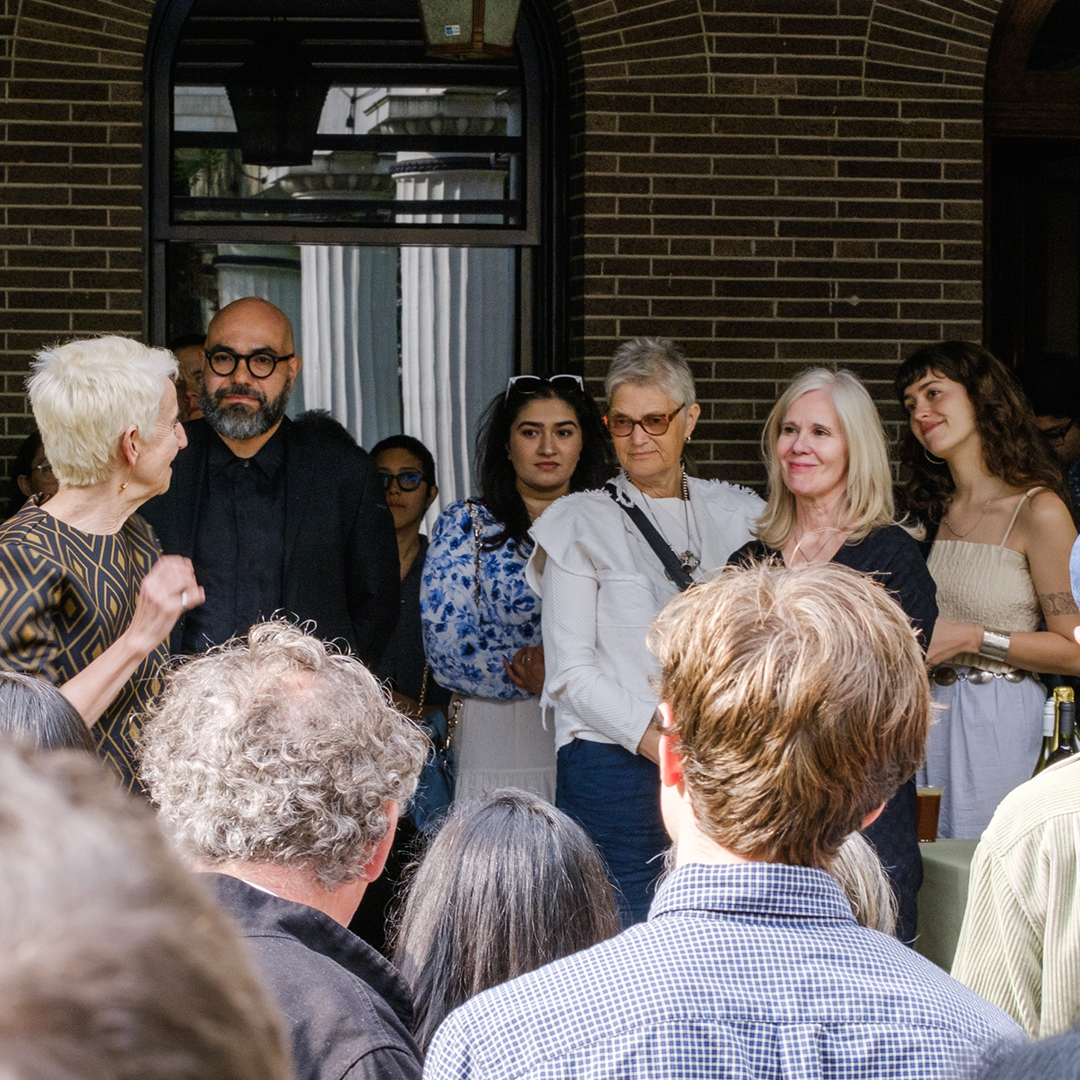
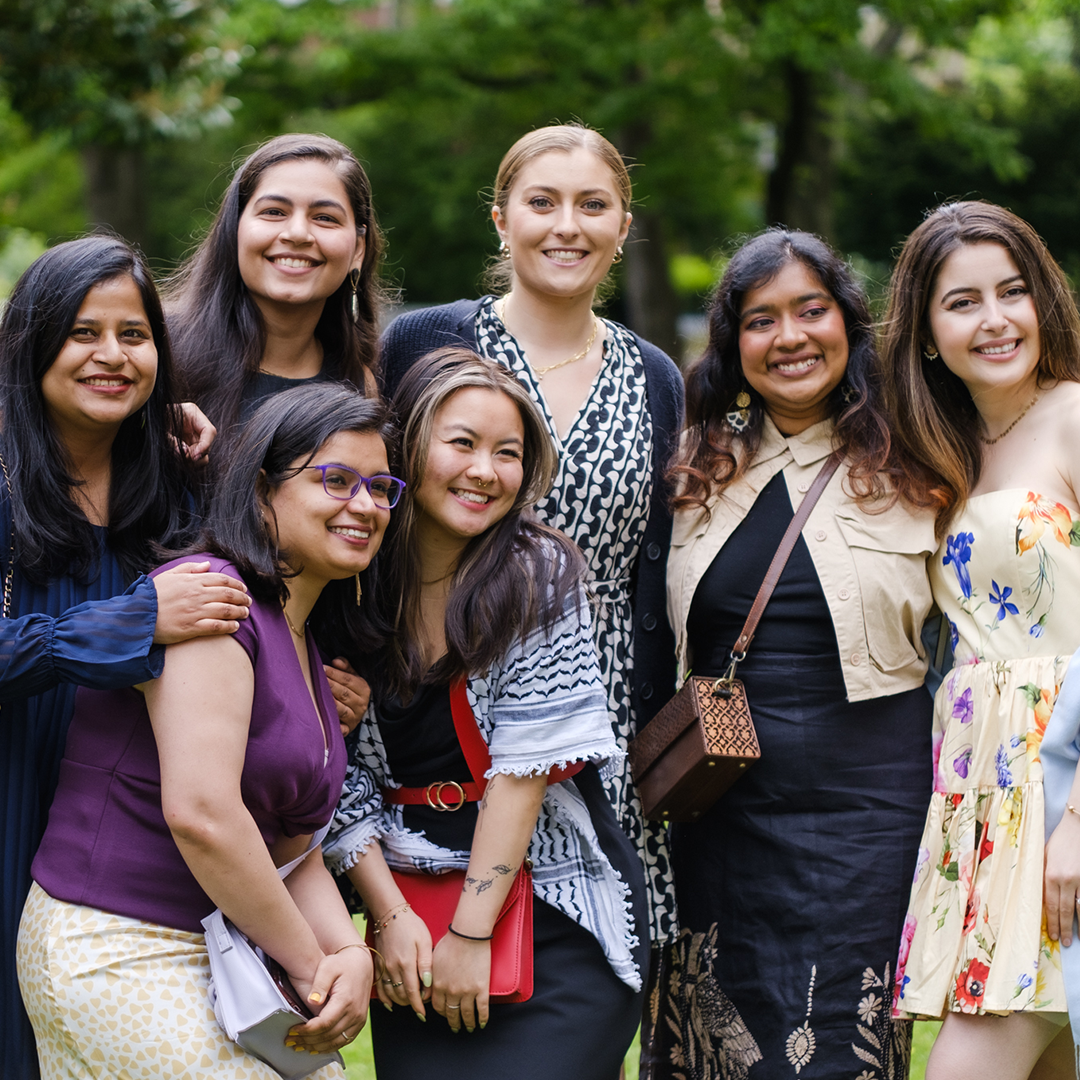
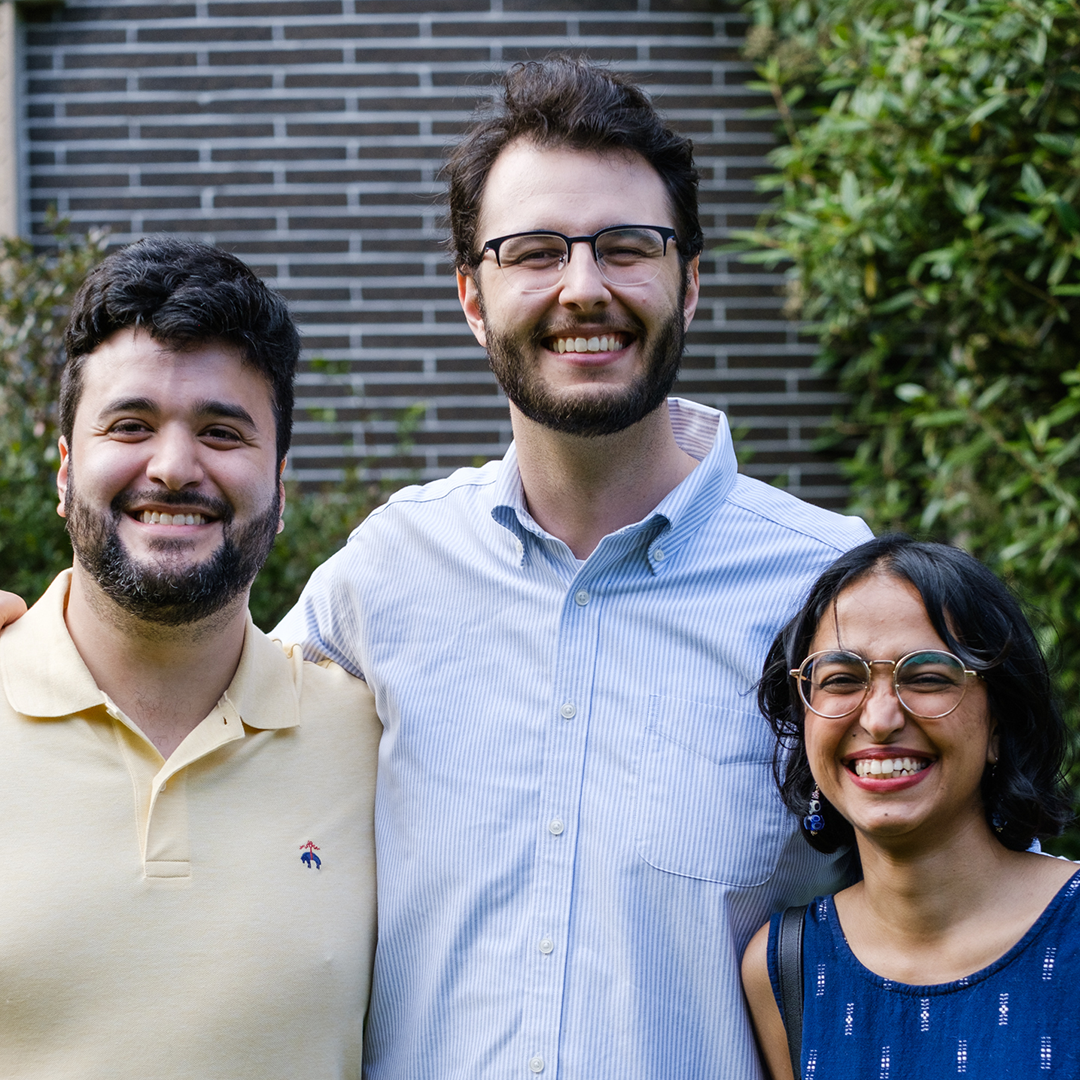
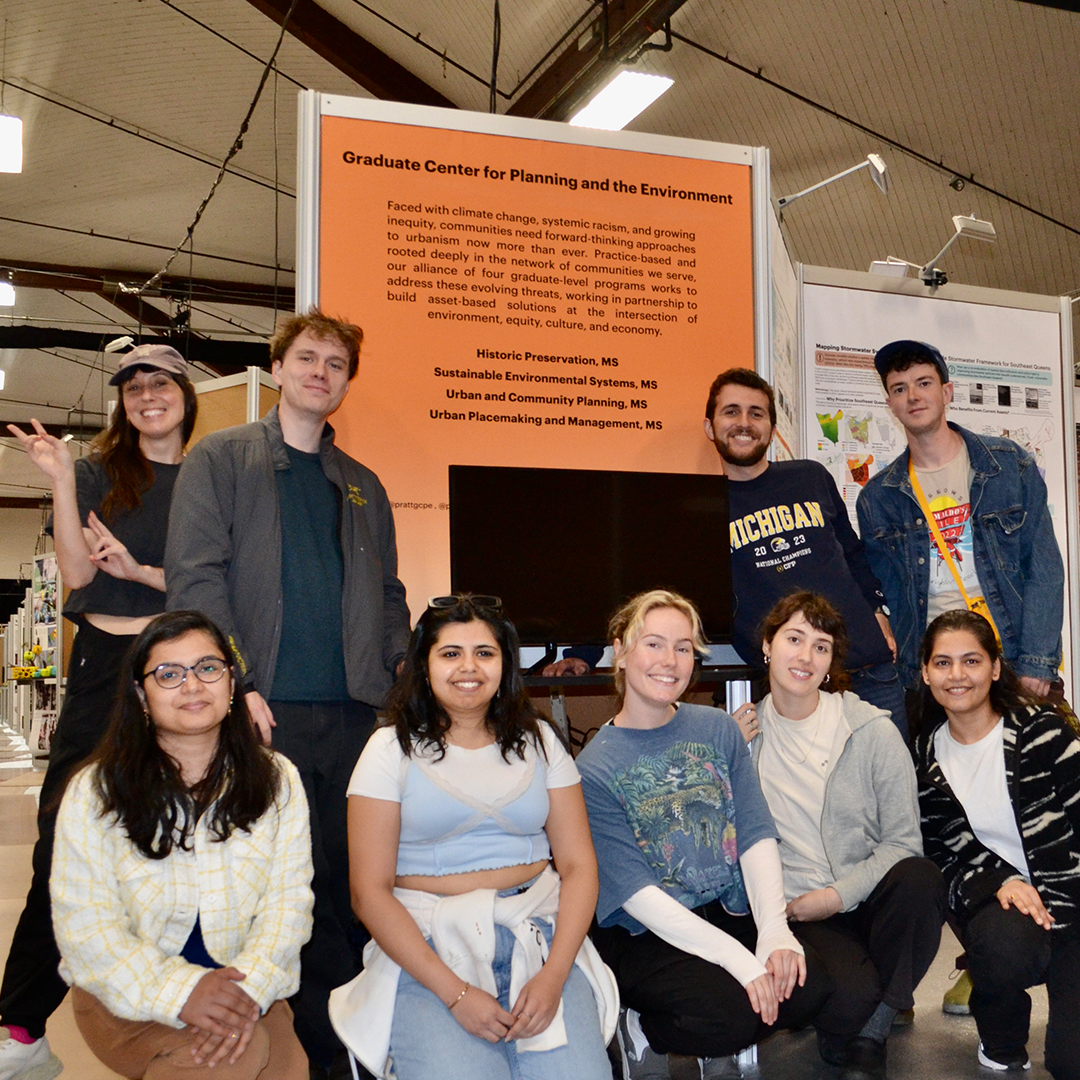
Images (Top-Bottom, L-R): 2024 cohort graduate celebration; Pratt President Frances Bronet (far left), School of Architecture Dean Quilian Riano (left) and GCPE Chair Eve Baron (right) congratulate Class of 2024; 2024 cohort graduate celebration; Pratt Shows GCPE installation and exhibitor team.
The GCPE graduating class of 2024 is making its mark! From designing infrastructure; to conceptualizing new types of spaces for shelter, culture, commerce, services and social connection; to inclusion of the natural world into built environments; to the elevation, celebration, and preservation of diverse forms of heritage–how we create, and for whom we create–sit at the heart of student inquiries at the Graduate Center for Planning and the Environment. Join us in welcoming sixty-two practitioners to the fields of preservation, placemaking, environmental sustainability and planning, whose research and commitment to community-based work expands and redefines our disciplines. We encourage you to connect with our graduates to learn more about their research and professional pursuits. Congratulations to the Class of 2024.
Eve Baron, Chair, Graduate Center for Planning and the Environment
Historic Preservation, MS
The Historic Preservation program proudly congratulates its 2024 graduates! During their time at Pratt they delved deeply into how heritage conservation practice can address some of the most challenging issues of our time. Their intriguing Thesis projects propose strategies to strengthen traditional communities impacted by climate change, repurpose historic buildings to provide economic opportunity, and uplift the historic narratives of people whose stories are too often forgotten. We welcome these new preservation professionals to the field!
Vicki Weiner, Academic Director
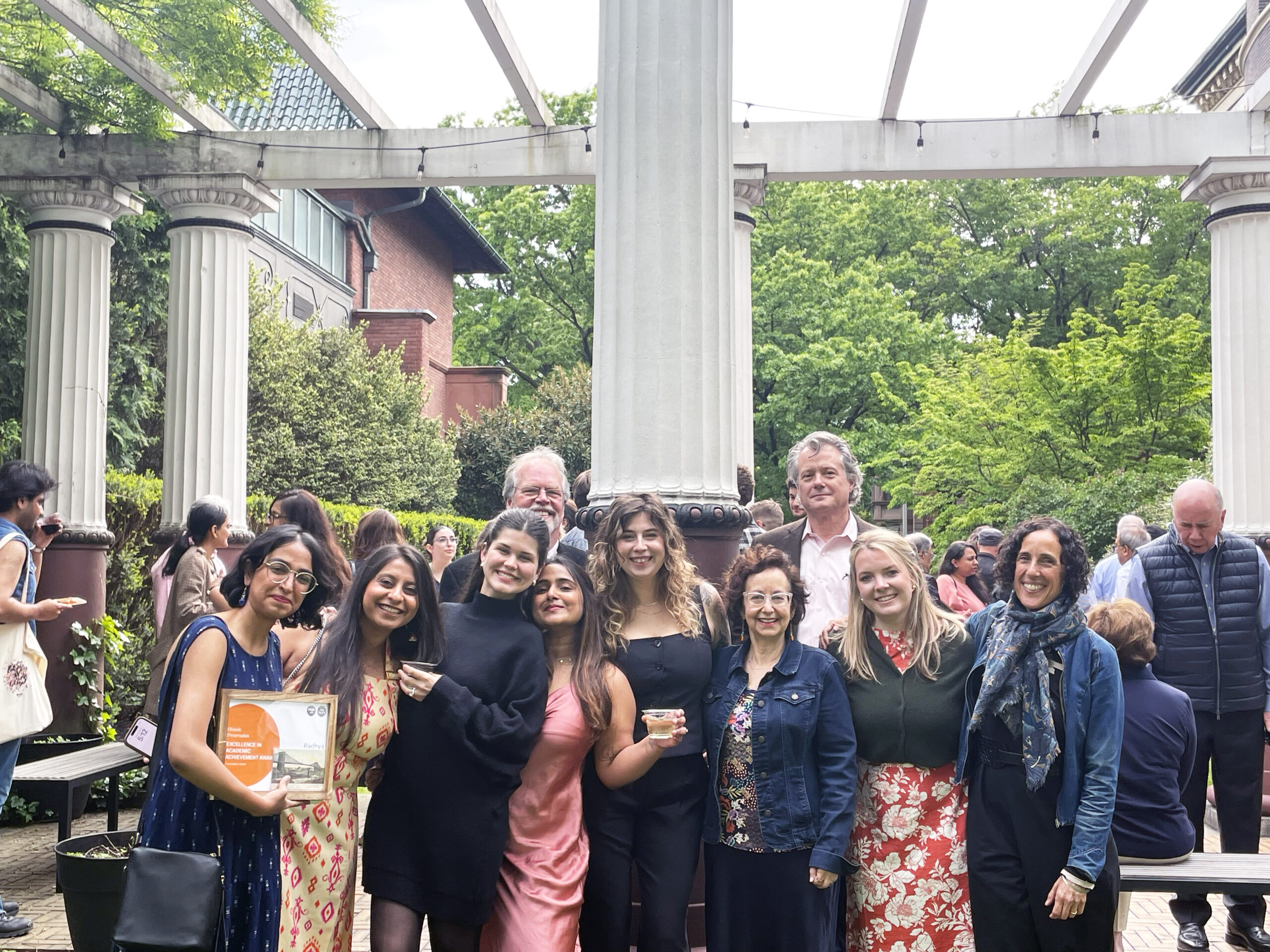
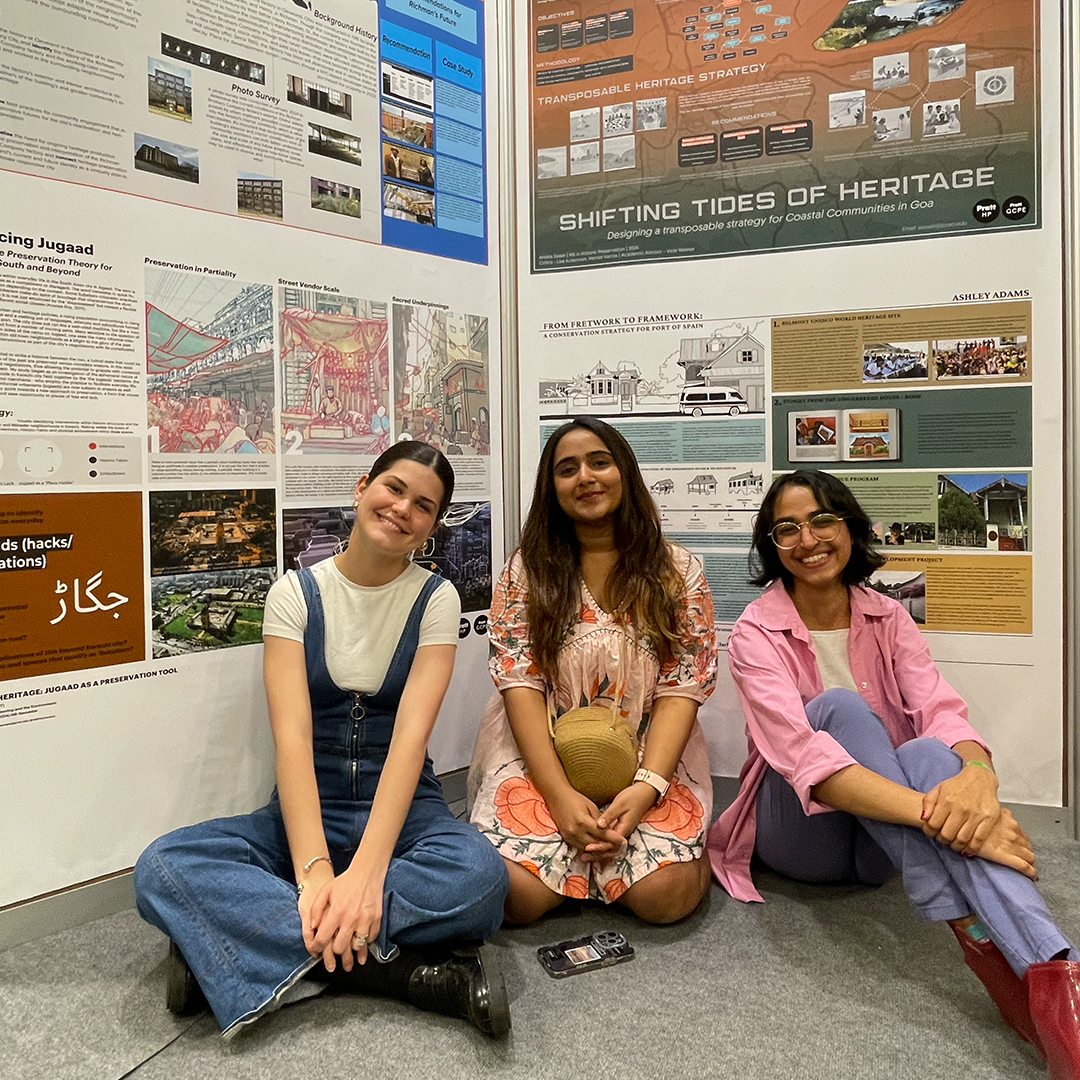
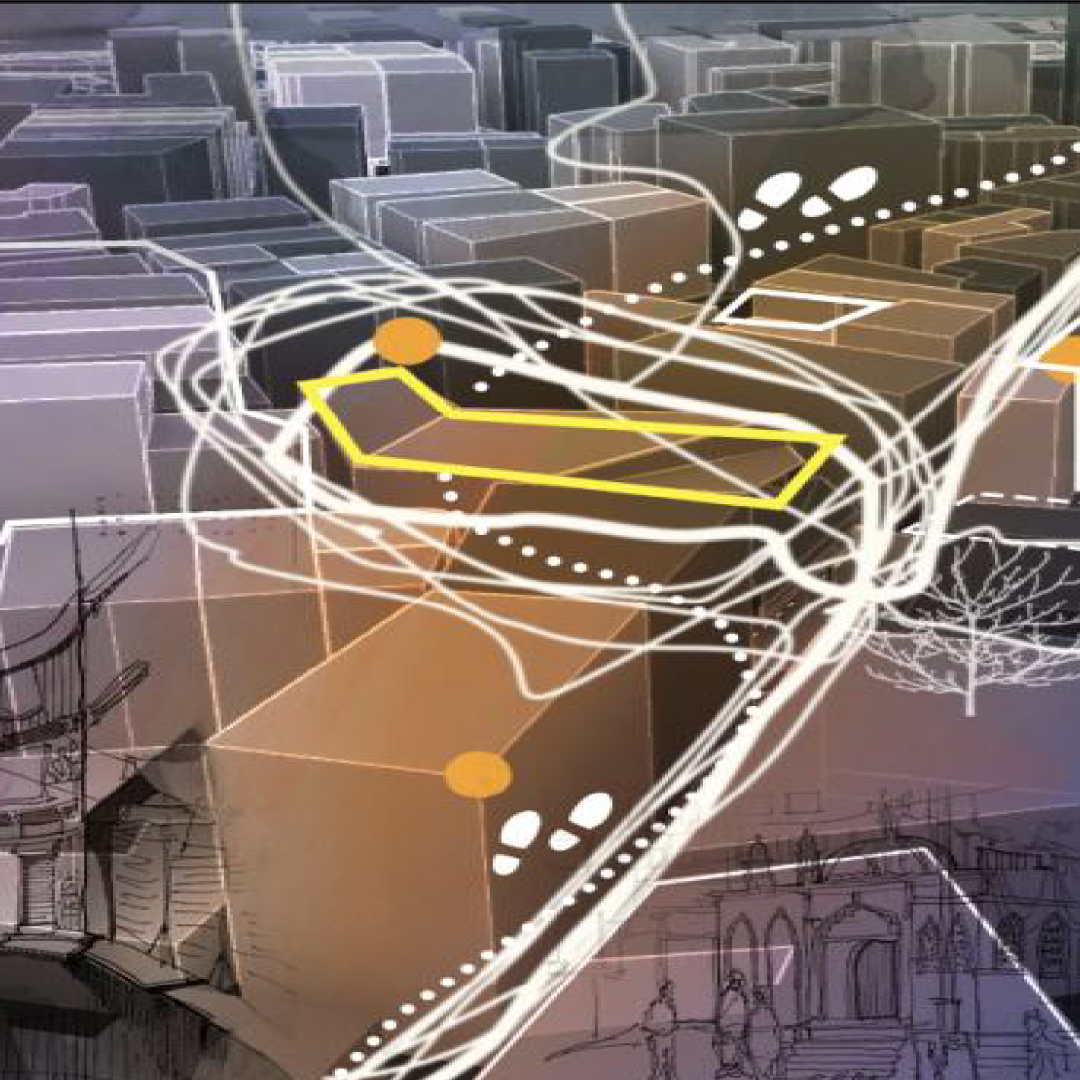
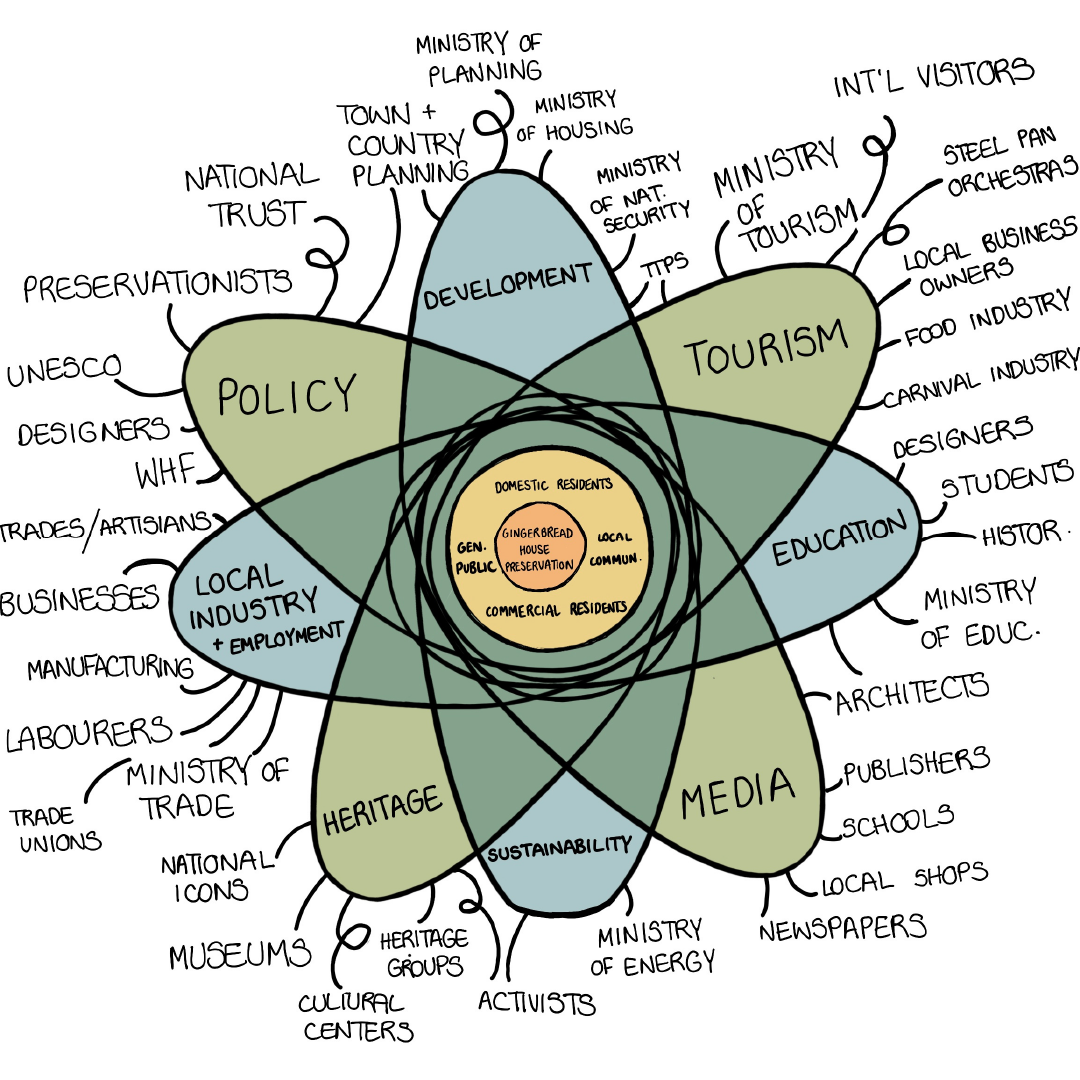
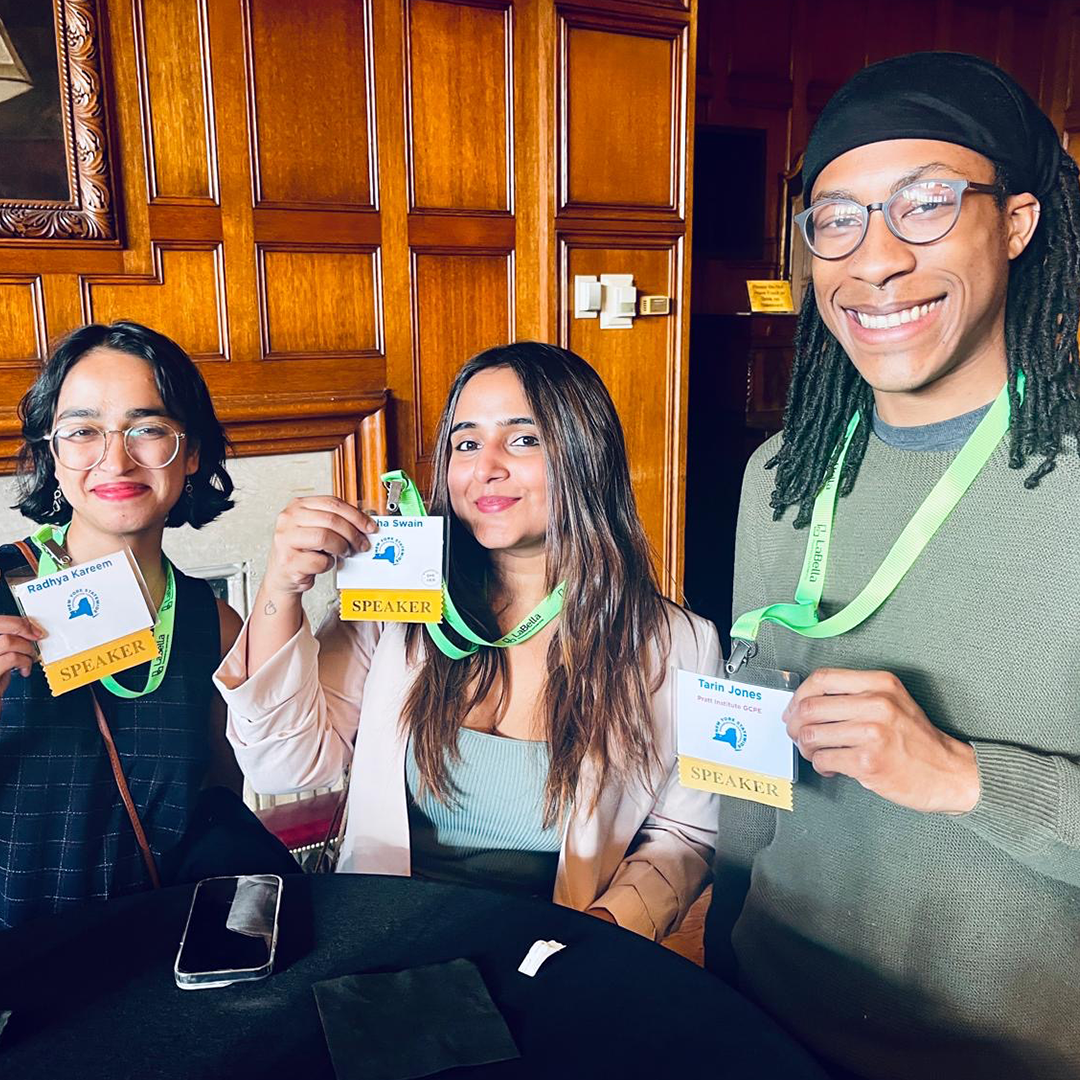
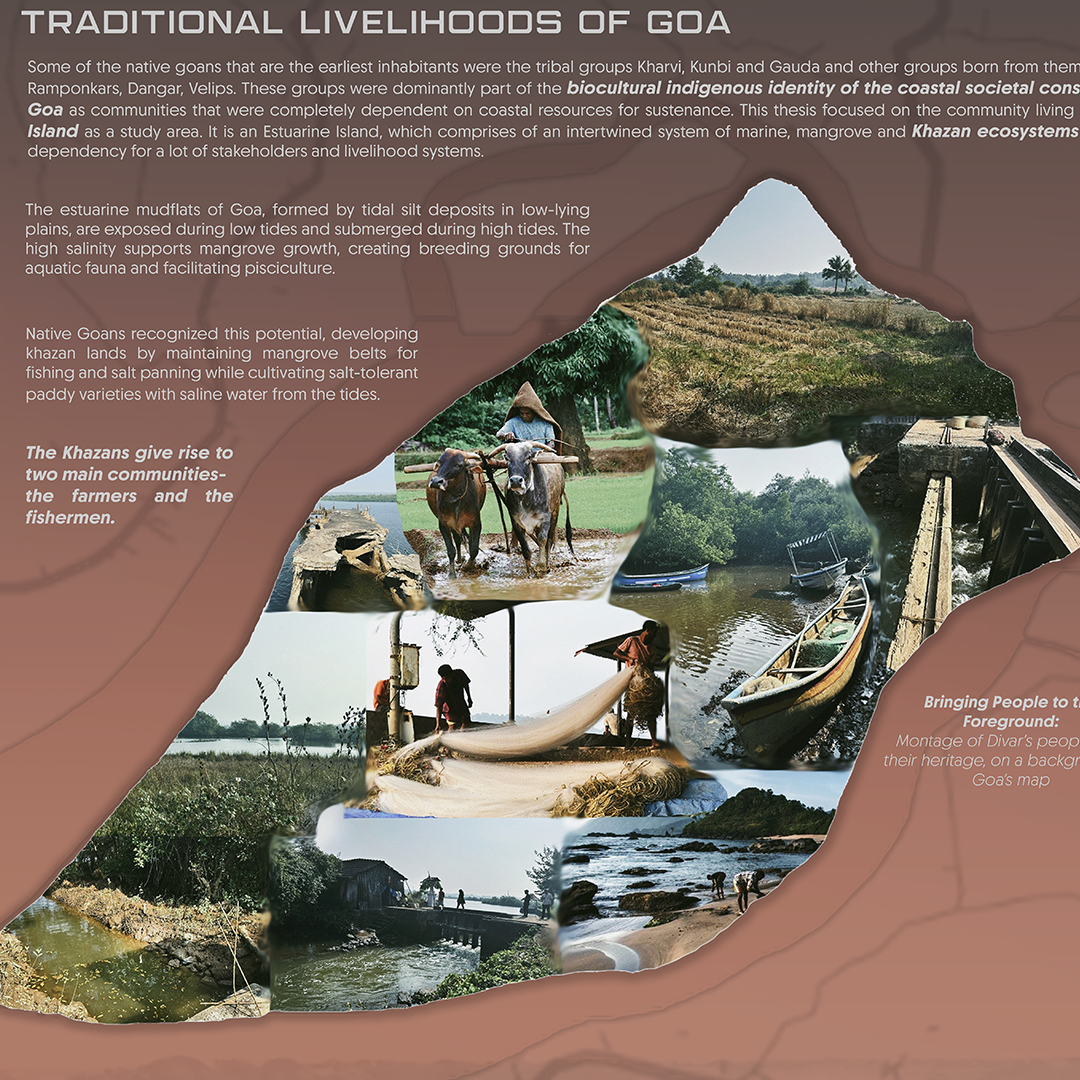
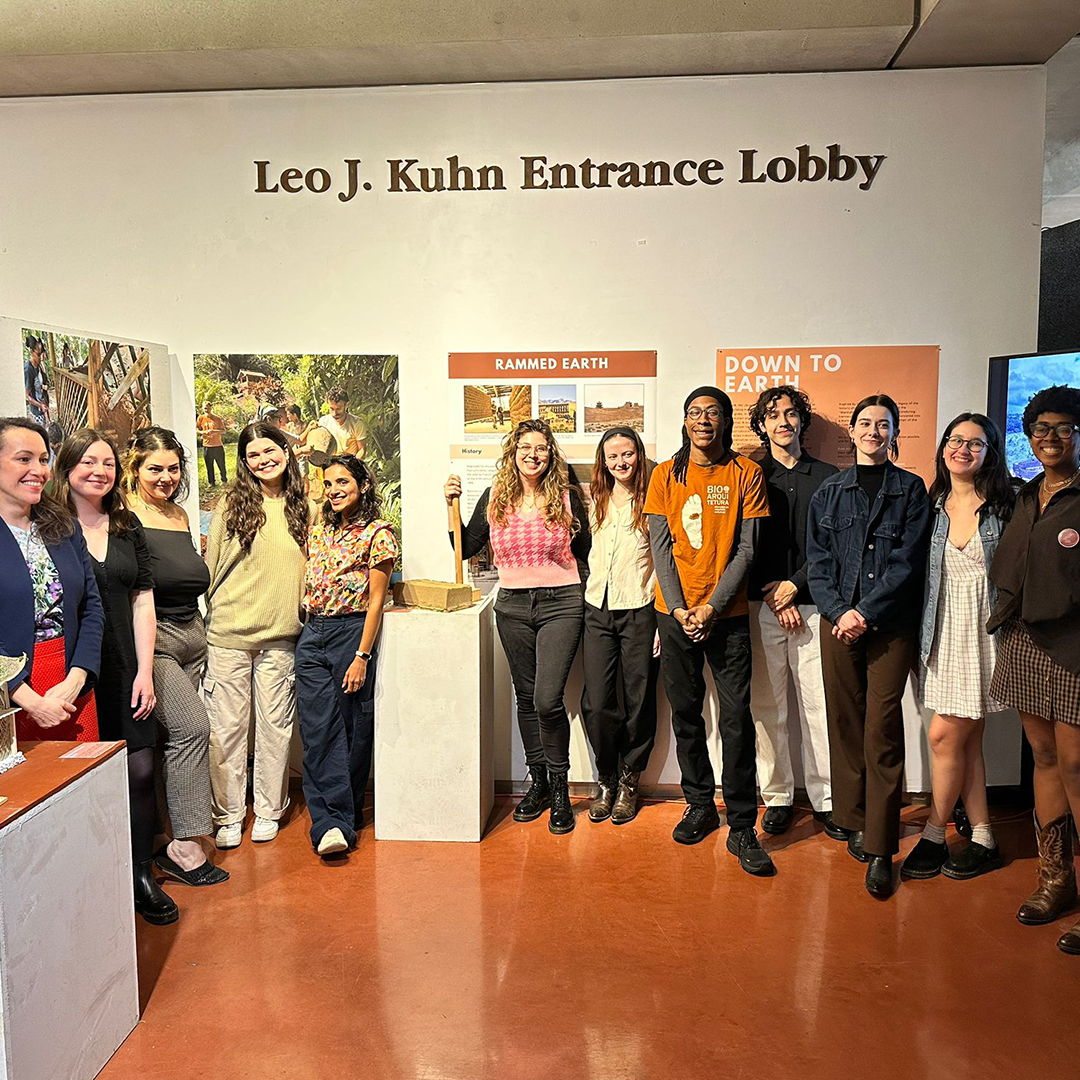
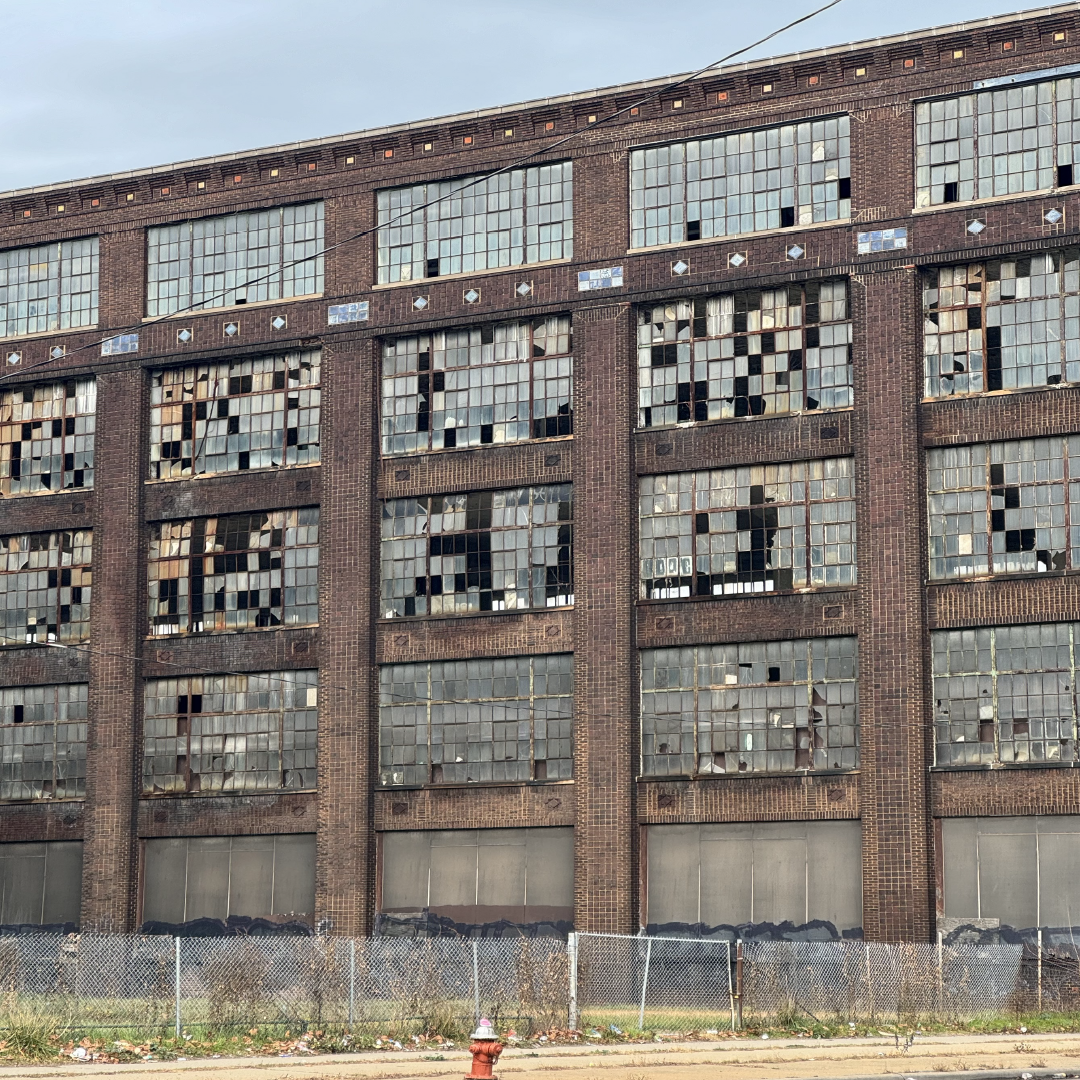
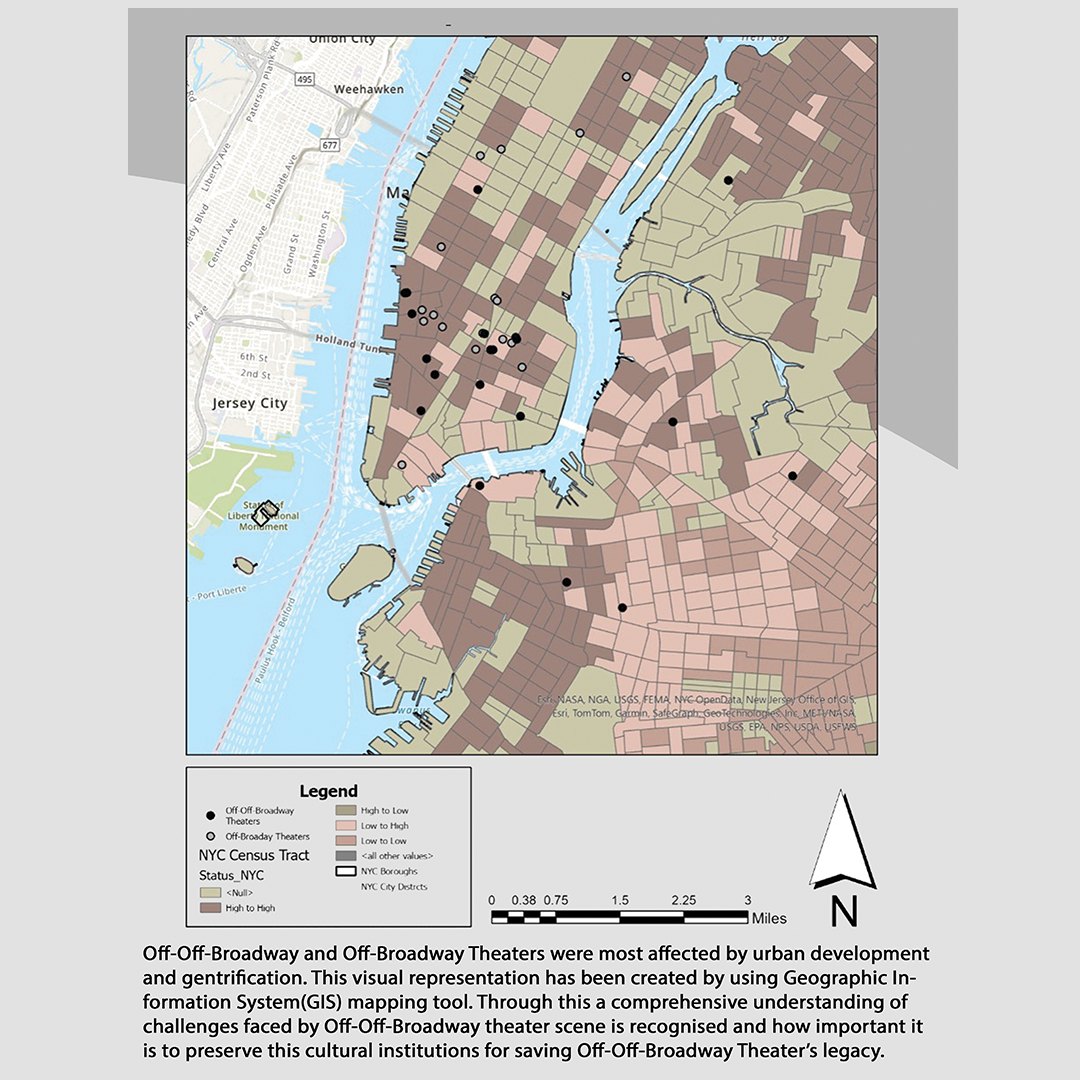
Images (Top-Bottom, L-R): HP Class of 2024 with faculty Vicki Weiner, Kevin Wolfe, Ward Dennis, Rebecca Krucoff; students Adams, Swain, Kareem with thesis posters at Pratt Shows; Thesis detail Kareem; Thesis detail Adams; students Kareem, Swain, Jones presenting at NYS Preservation Conference; Thesis detail Swain; “Down to Earth” student exhibition; Thesis detail Holland; Thesis detail Patel.
Ashley Adams – Outstanding Community Service Award
From Fretwork to Framework: a Conservation strategy for Port of Spain’s Gingerbread Houses
Olivia Holland – Outstanding Merit Award
Industrial Heritage: Preserving (De)Industrialized Space in Cleveland
Tarin Jones – Applied Research Award
Beyond Marronage: Placekeeping as Heritage Preservation
Radhya Kareem – Excellence in Academic Achievement Award
Hacking Heritage: Jugaad as a Preservation Tool
Urvi Patel
Reviving the Stages: A Preservation Paradigm for NYC’s Off-Off-Broadway Theaters
Tara Ritz – Outstanding Community Service Award
The Revival of Water and the Basilica of Neptune
Anisha Swain
Shifting Tides of Heritage; Designing a Transposable Strategy for Coastal Communities in Goa
Alison Weidman (Fall 2023)
Making of Superblocks: Preserving Empowerment and Play in Crown Heights
Sustainable Environmental Systems, MS
We are proud of the seventeen Fall 2023 and Spring 2024 MS in Sustainable Environmental Systems graduates! Throughout their time at Pratt, and in their Capstone projects, these emerging sustainability professionals demonstrated their thoughtfulness and ability to engage with a plurality of perspectives. Graduates have produced projects that respond to the urgency of the Climate Crisis, include actionable outcomes for clients and stakeholders, and envision a more resilient, adaptive, inclusive, and just future. We look forward to their future work and contributions!
Leonel Lima Ponce, Academic Director
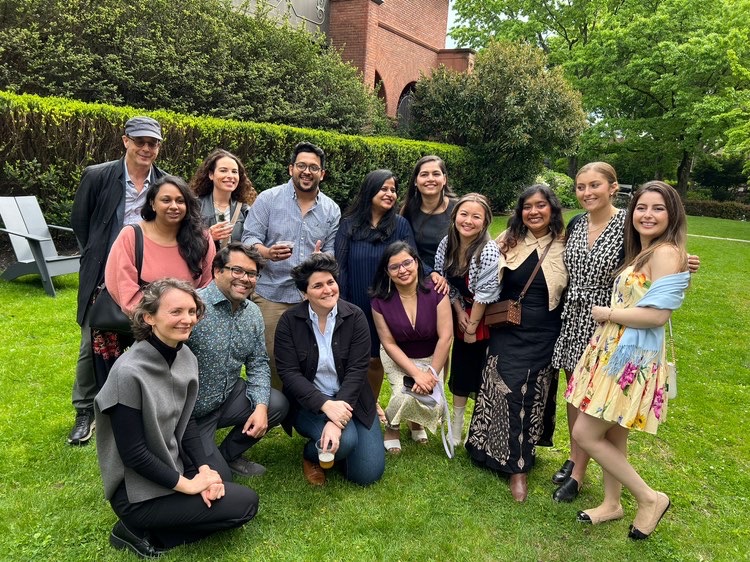
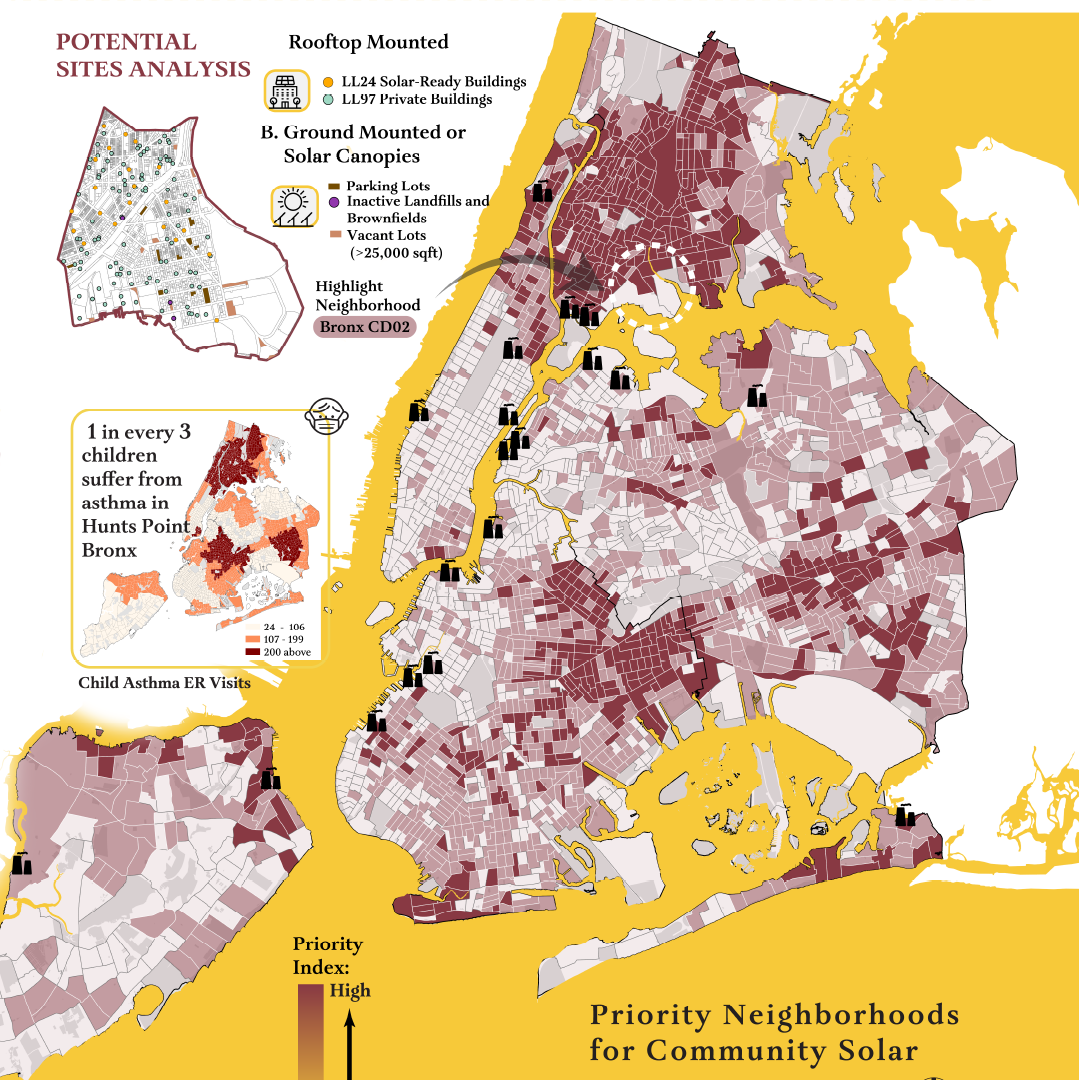
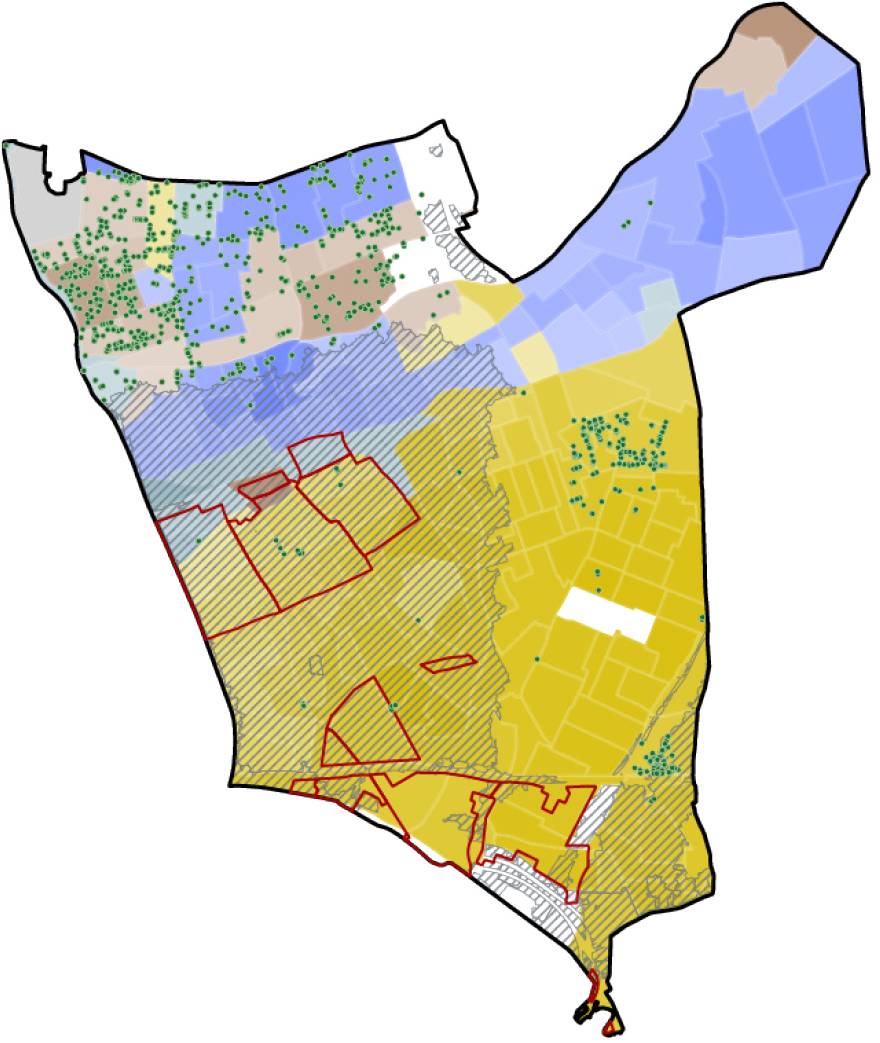
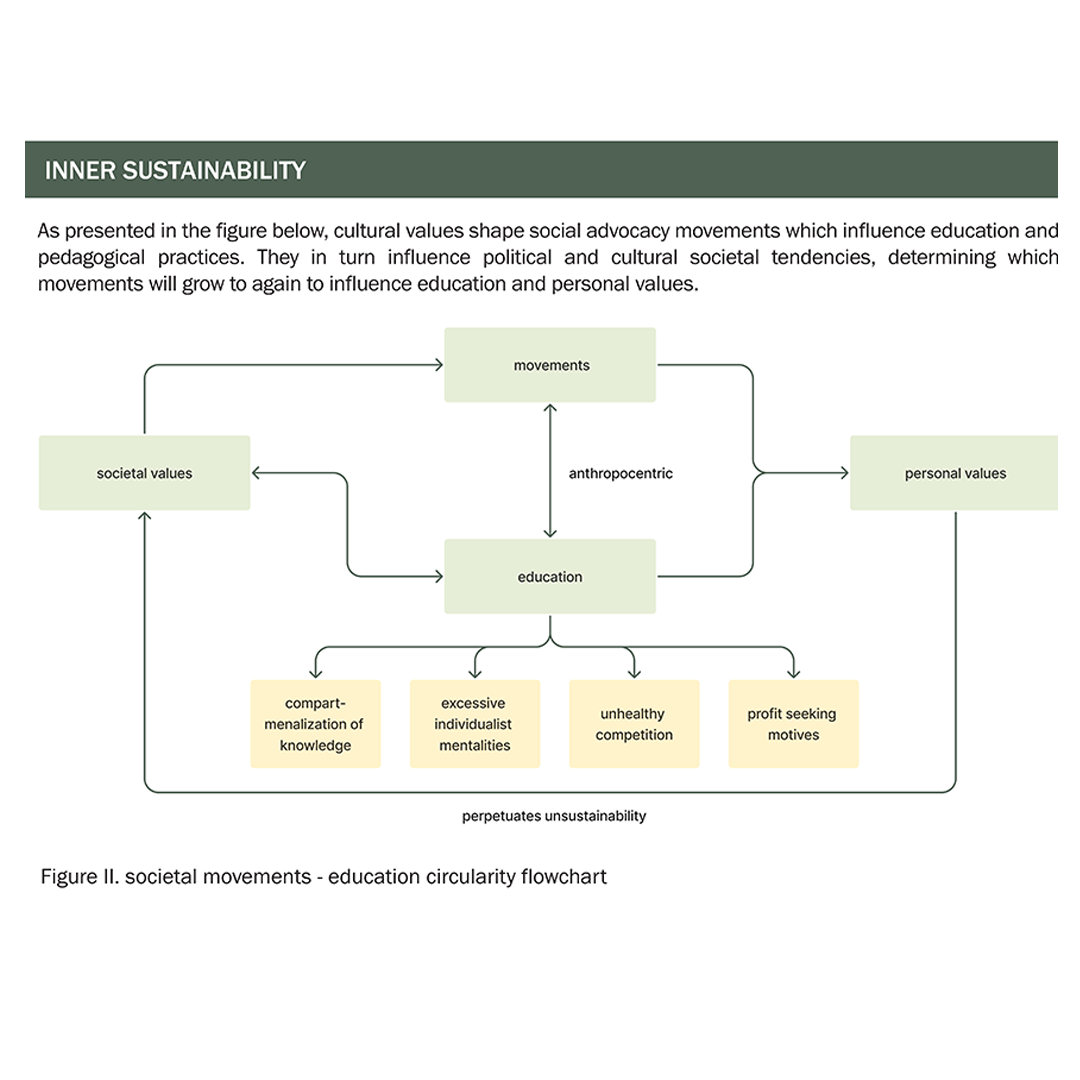
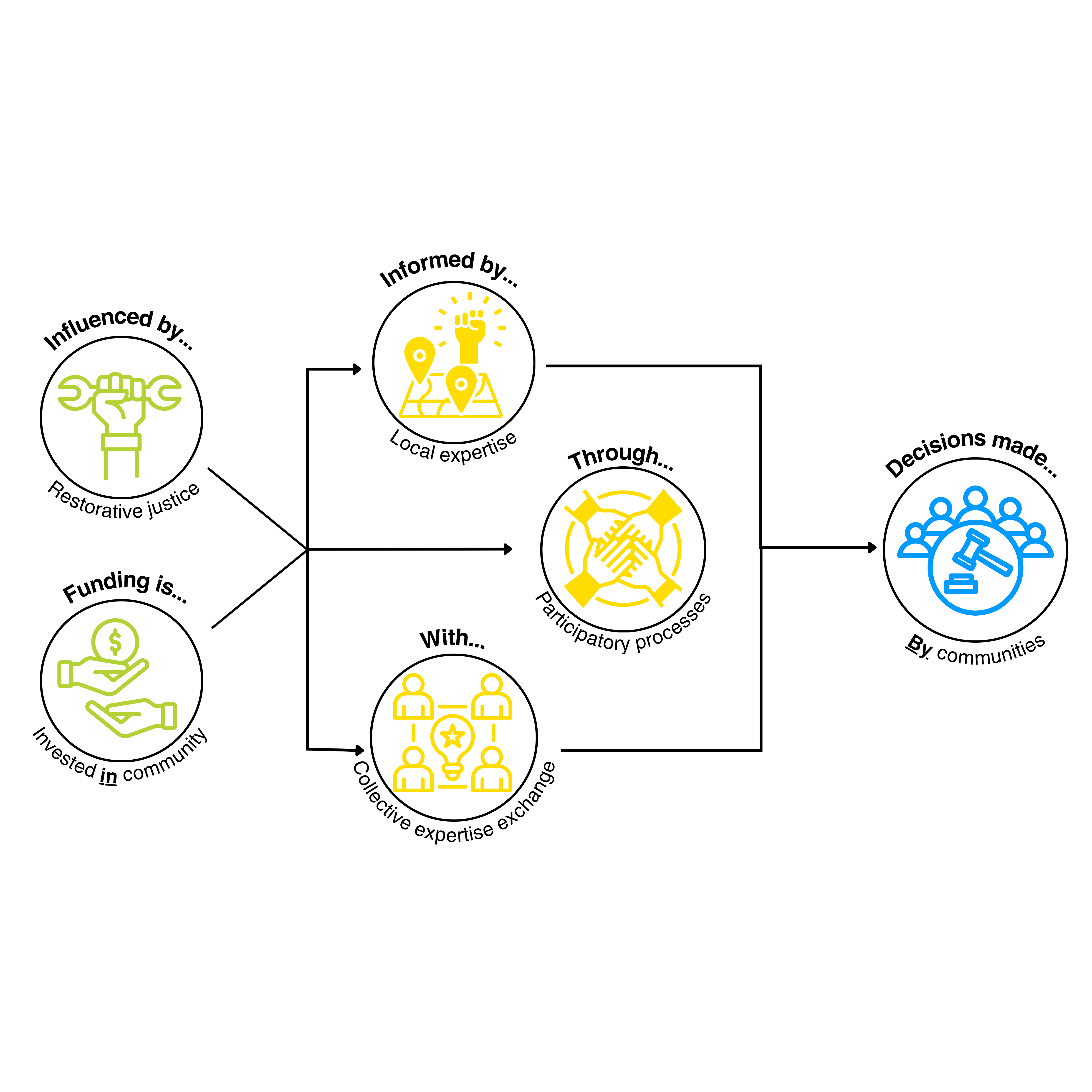
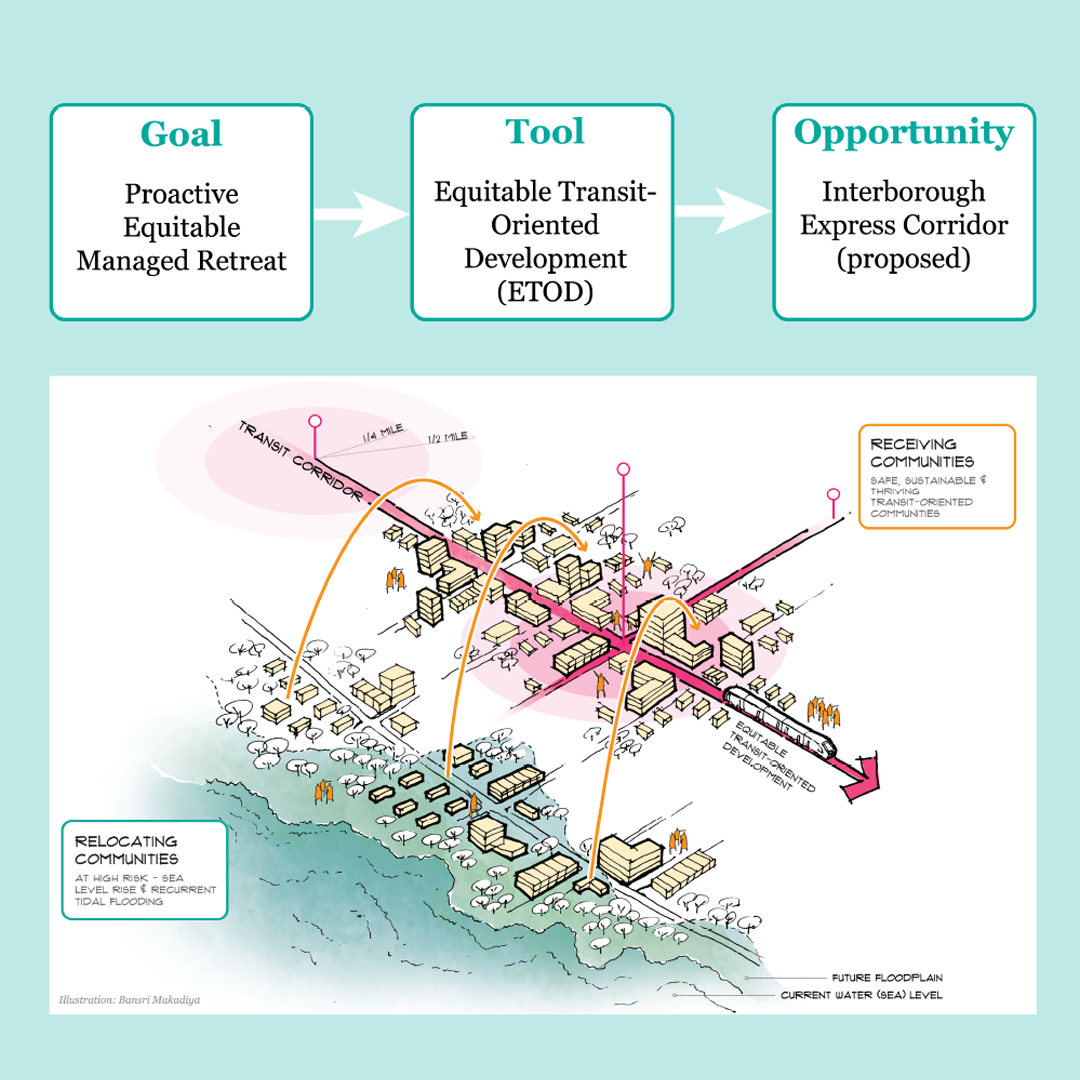
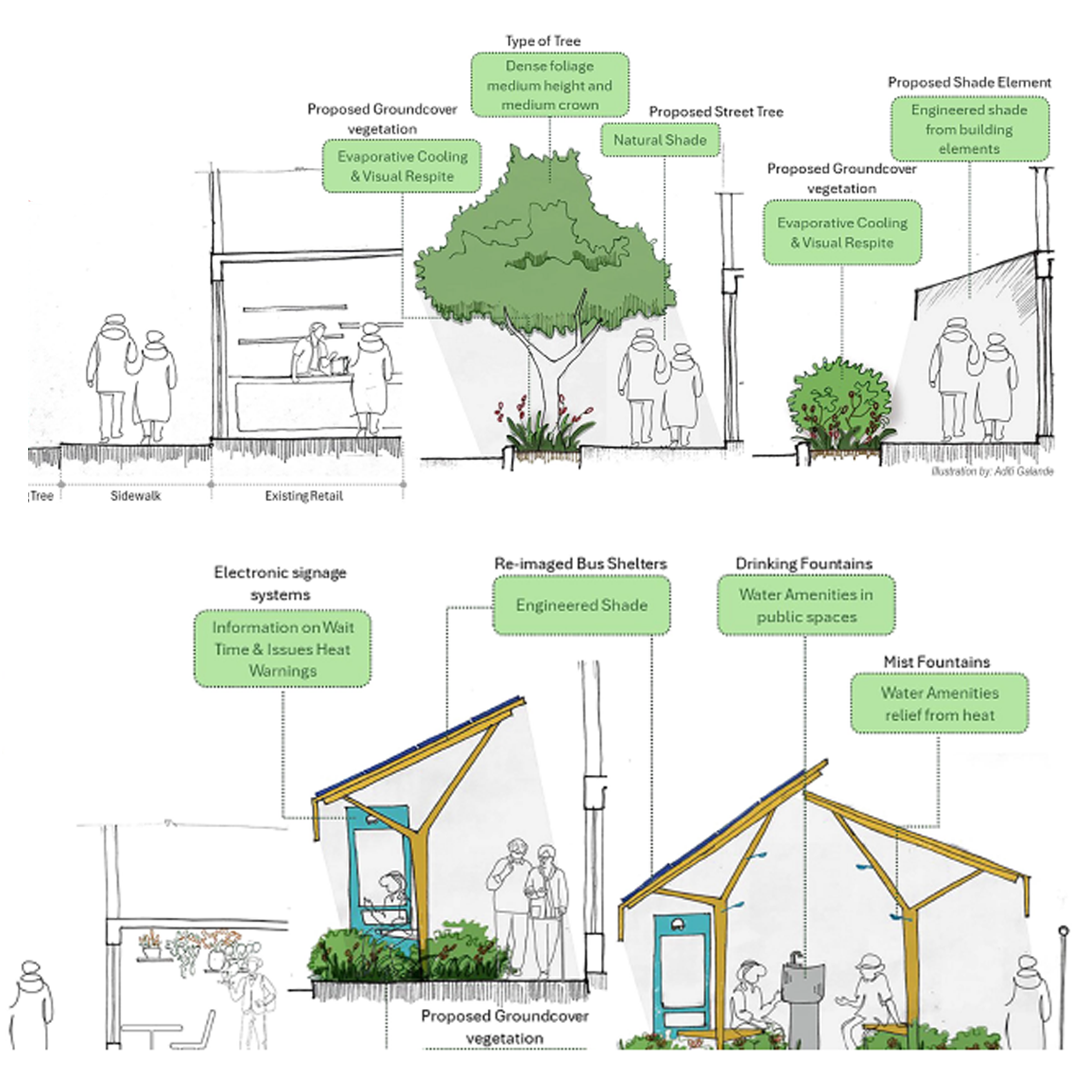
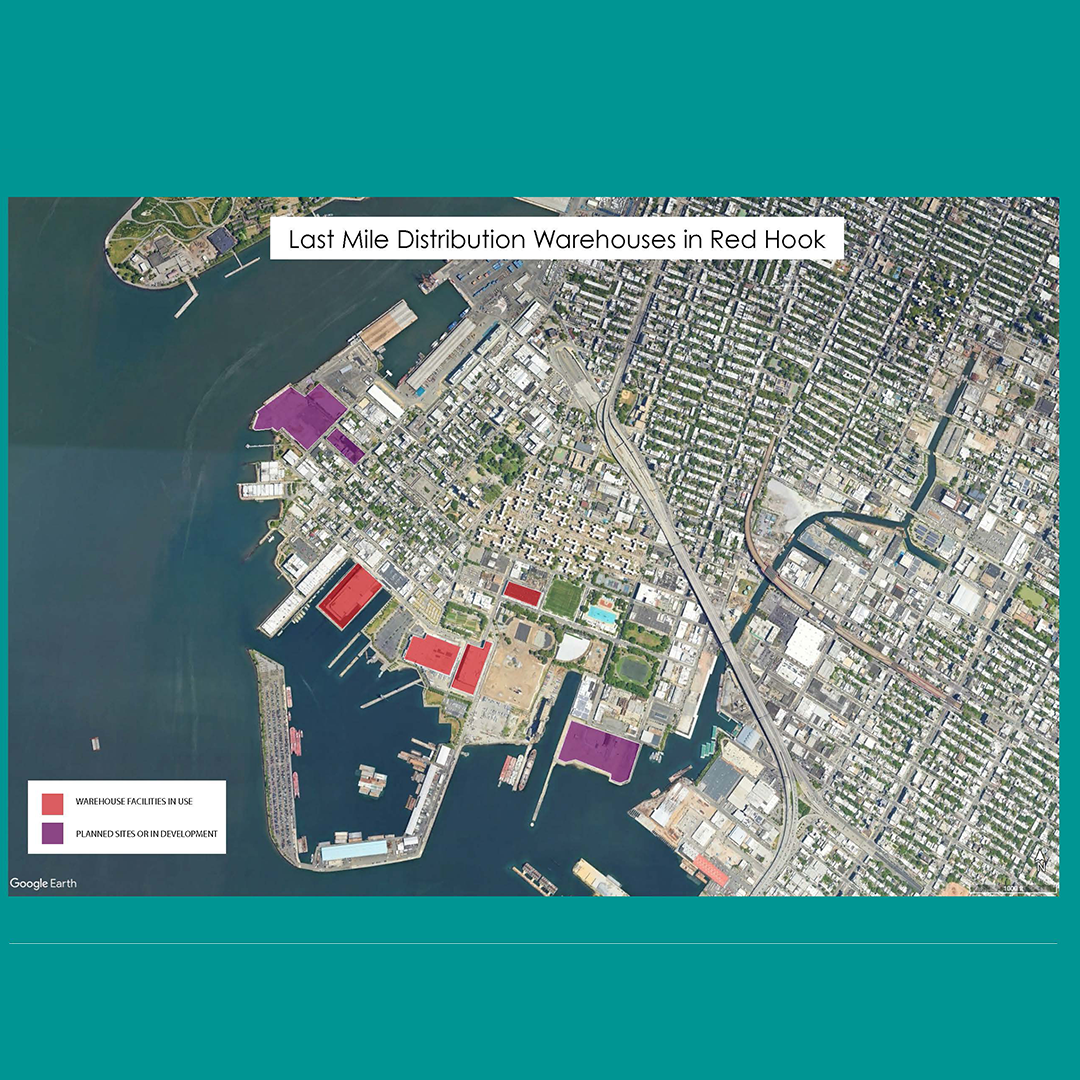
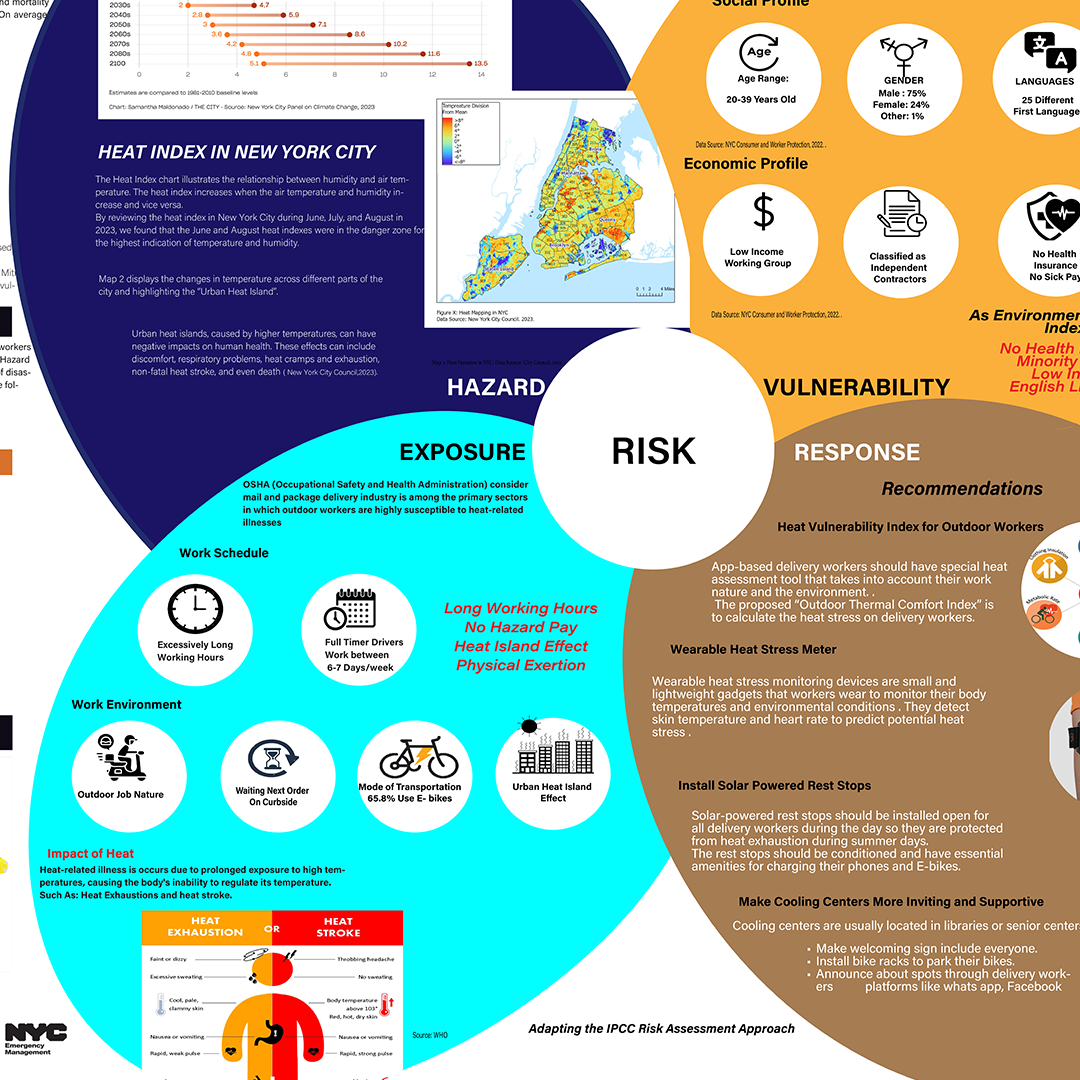
Images (Top-Bottom, L-R): SES Class of 2024 with faculty Leonel Ponce, Dr. Yuliya Dzyuban, Dr. Rafael de Balanzo Joue, Martha Molfetas; Capstone detail Jhamb; Capstone detail Debnath; Capstone detail Nigiri; Capstone detail Lucerna; Capstone detail Makadiya; Capstone detail Galande; Capstone detail Chow; Capstone detail Lawzi
Jassi Anand (Fall 2023)
Providing EV Infrastructure for Disadvantaged Communities in Town of Babylon
Ricky Bourke
Electrifying Urban Transportation: Overhead Charging Solutions for NYC School Buses
Melissa Chow
Marine Highways: A Better Way to Deliver. Reducing the Impacts of Last Mile Distribution in Red Hook
Shibani Debnath – Applied Research Award, Environmental Sustainability Award
Mapping Stormwater Systems: Towards an Equitable Stormwater Framework for Southeast Queens
Alli DiGiacomo (Fall 2023)
Enhancing Resilience and Affordability in the Built Environment: Modular Construction in New York City
Aditi Galande – Outstanding Merit Award
Beat the Heat: Transforming Pedestrian Corridors for Seniors in Mott Haven, Bronx
Apurva Jhamb – Capstone Impact Award
Empowering Communities: Energy Equity with Neighborhood Level Solar Energy Systems
Yassmin Lawzi
Extreme Heat Hazard Impact on App-Based Food Delivery Workers in New York City: Exploring Measures for Workplace Safety and Protection
Raísa Lin Garden-Lucerna – Eva Hanhardt Environmental Advocacy Award
Centering Community-Led Change: Reimagining Planning and Policy Processes in Environmental Justice Communities in Brooklyn, New York
Bansri Makadiya – Excellence in Academic Achievement Award
A Proactive Vision for Equitable Managed Retreat: Leveraging Opportunity Zones for Relocation along Transit Hubs in NYC
Syed Nabil
Reconnecting The Divided: Investigating the Potential of Green Infrastructure Deck Parks for New York City’s Urban Expressways
Nicole Nigri
HUMAN NATURE: An alternative pedagogical approach to transforming self-awareness into environmental preservation
Radhika Patel
Revitalizing Ahmedabad’s Streets: A Guide for Urban Planners to Boost the City’s Green Spaces
Shruti Rathi
Urban Mobility in Pune: Developing strategies to shift attitudes towards public transport
Nia Starr – Jaime Stein Innovation in Sustainability Award (Fall 2023)
Turning Policy Into Progress: The Inflation Reduction Act’s Path to Equitable Home Electrification
Omer Topaz
Enhancing Sustainability in New York City Restaurants: A Comprehensive Approach to Energy, Water, and Waste Management Practices
Urban and Community Planning / City and Regional Planning, MS
2024 was a milestone in the 65-year history of the planning program: we graduated the final cohort of City and Regional Planning students, and graduated the inaugural cohort of Urban and Community Planning students. The work of both groups of students lived up to the principles of people-first, justice based practice that challenges conventional thinking and pushes the boundaries of the field. We look forward to seeing these new alumni step into leadership roles.
Eve Baron, Academic Director
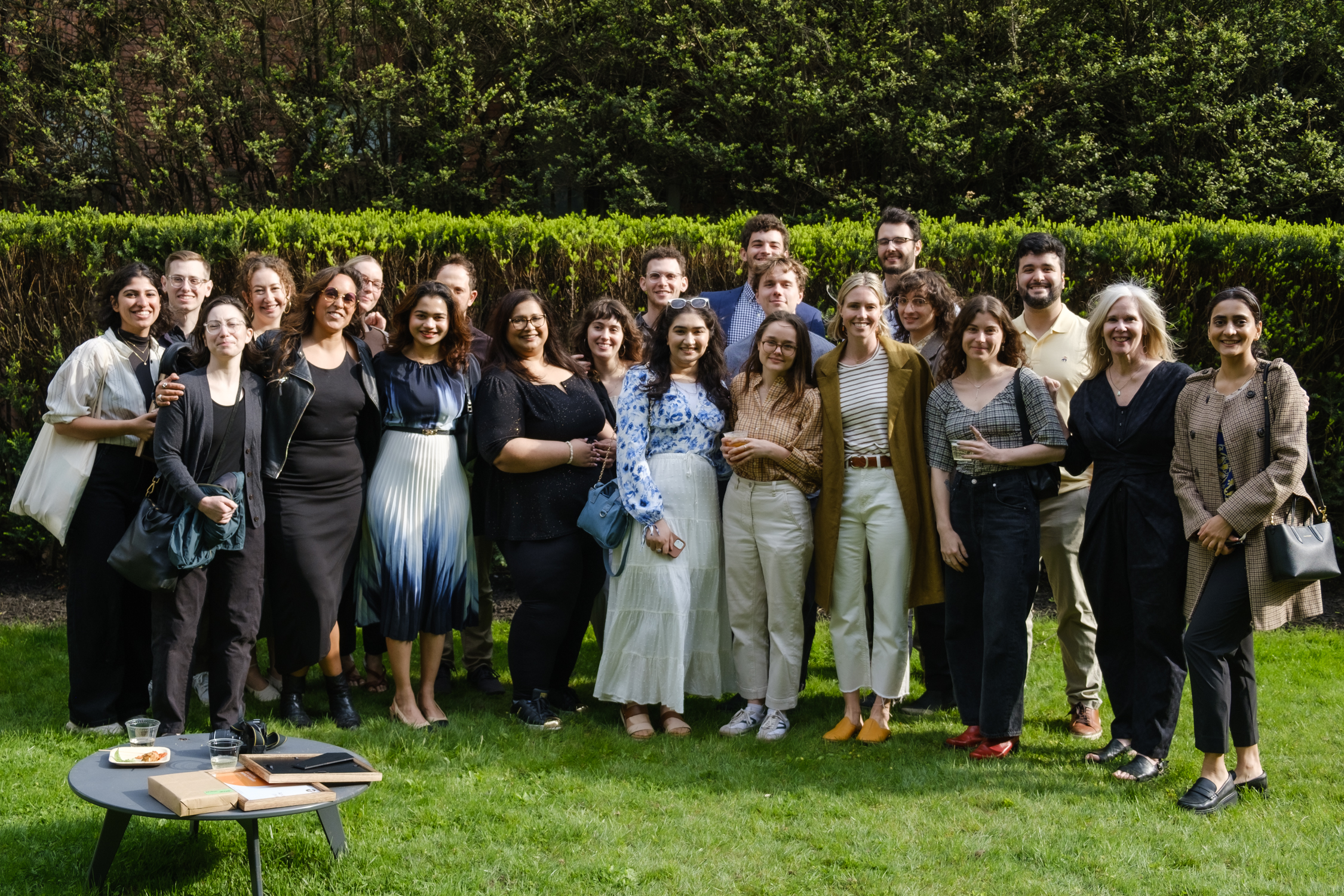
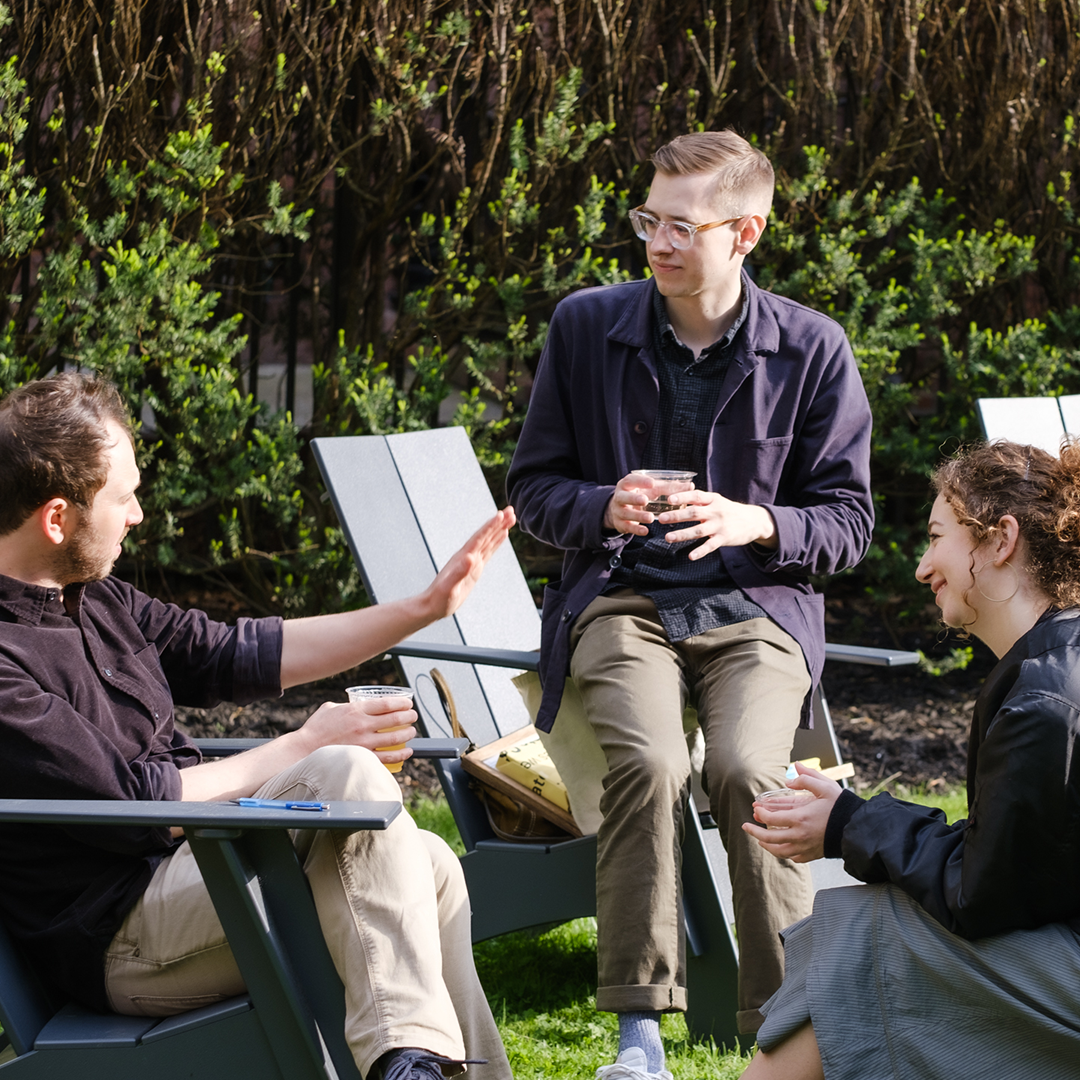
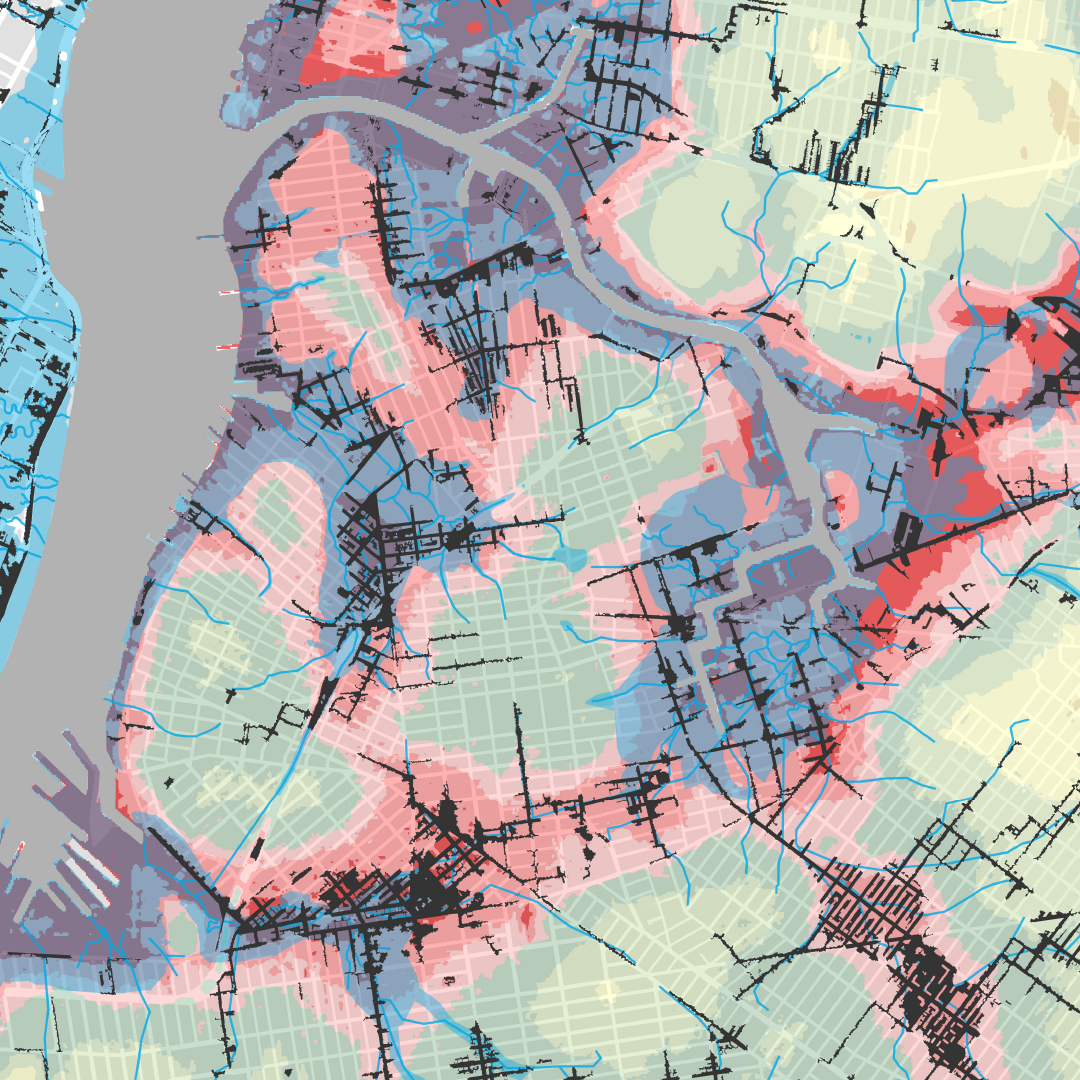
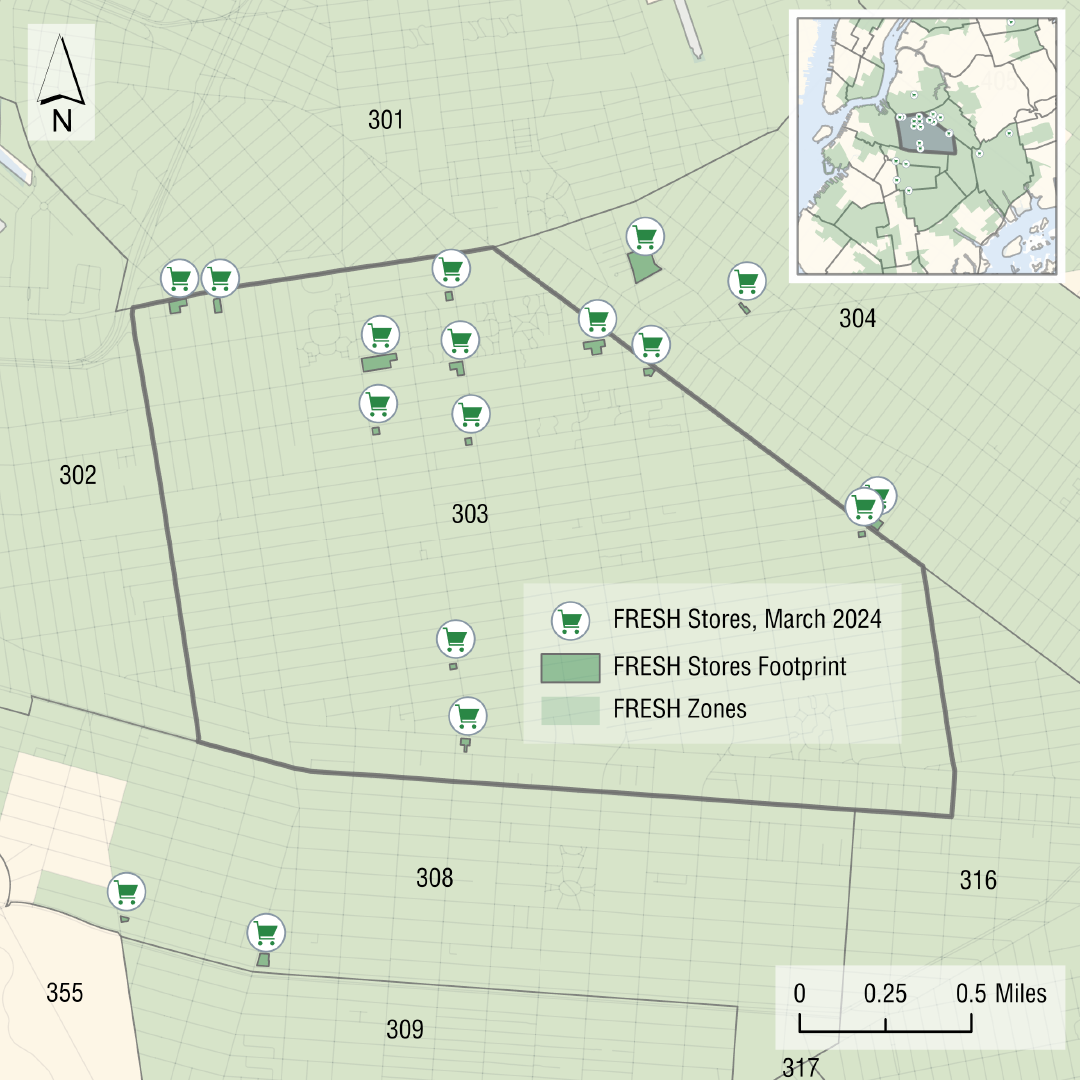
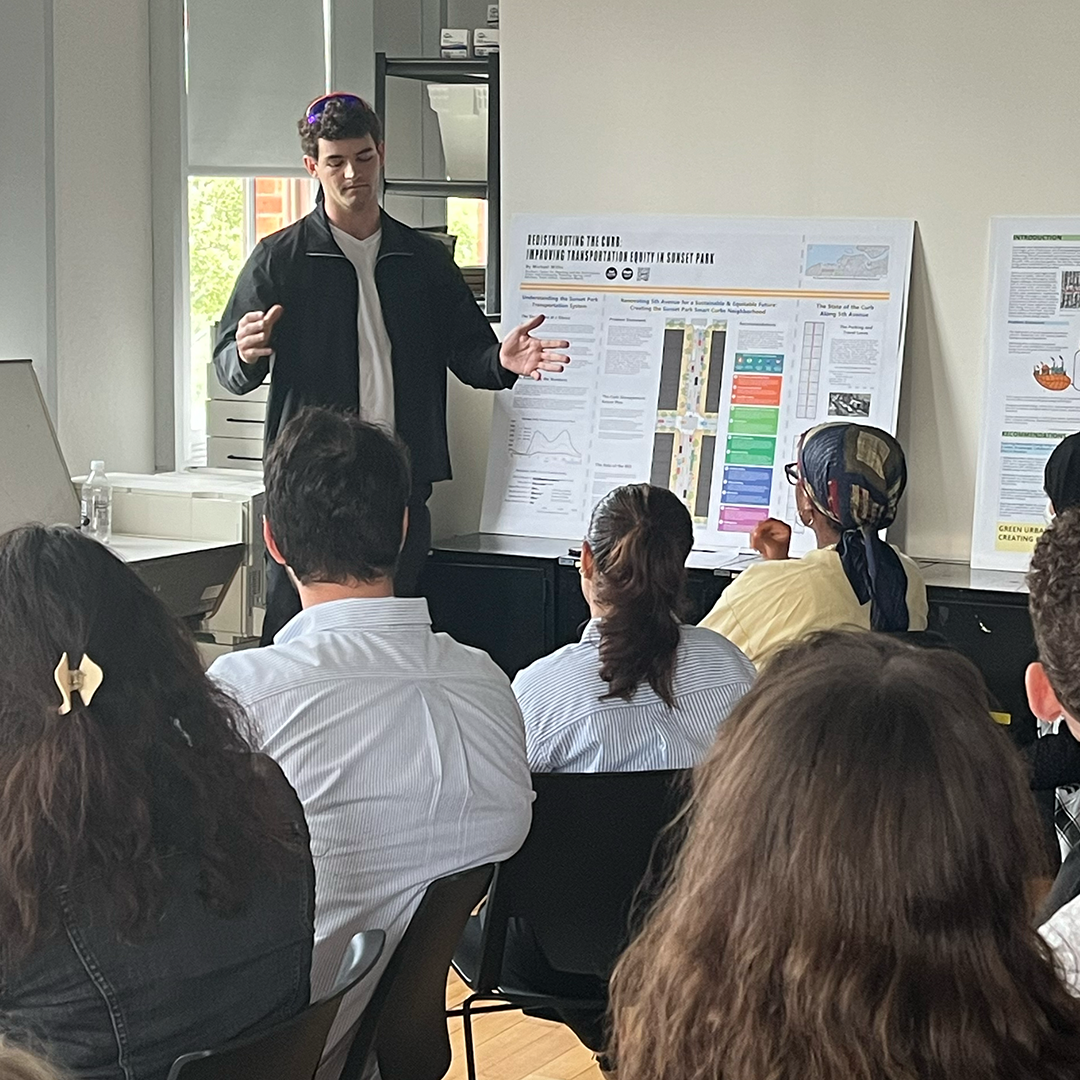
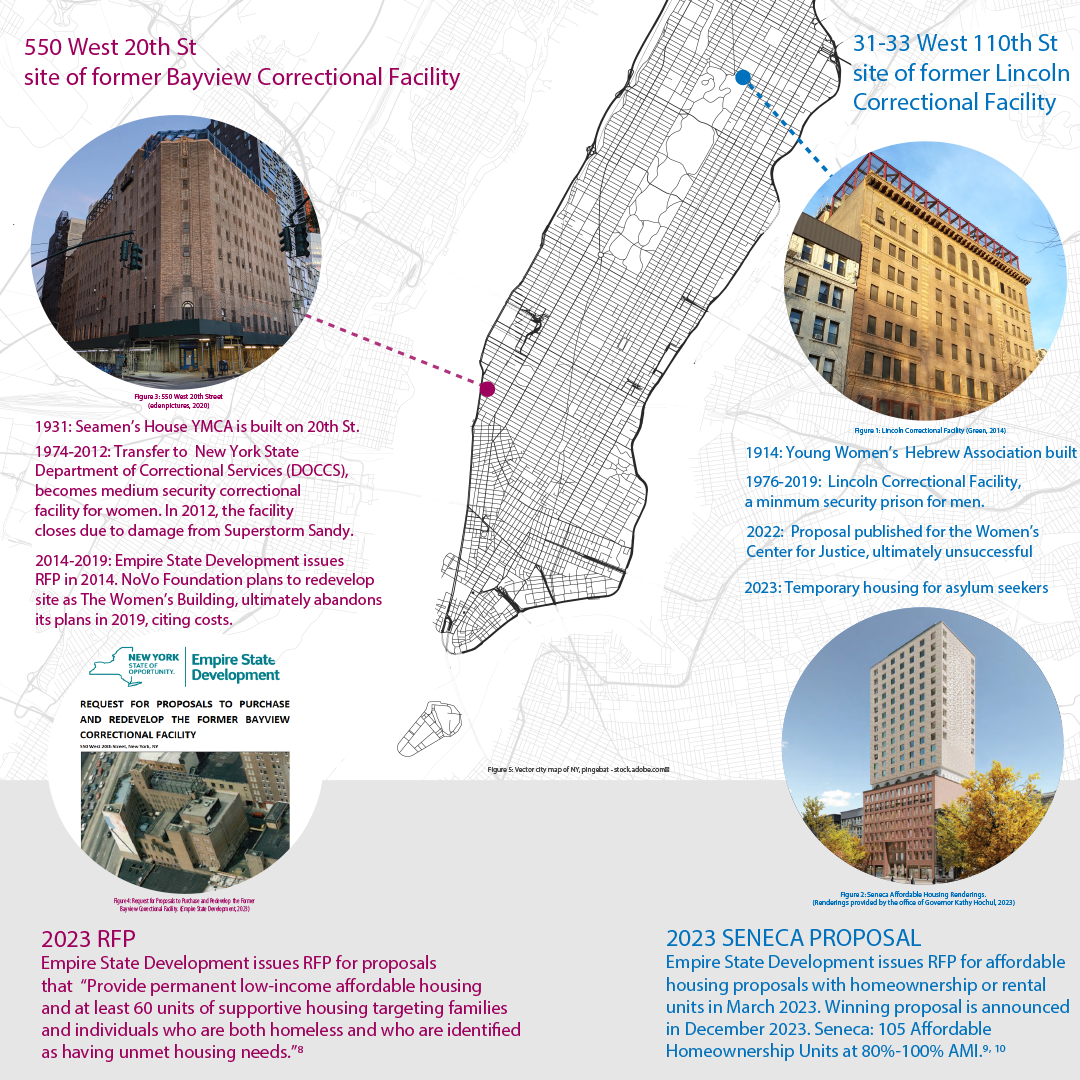
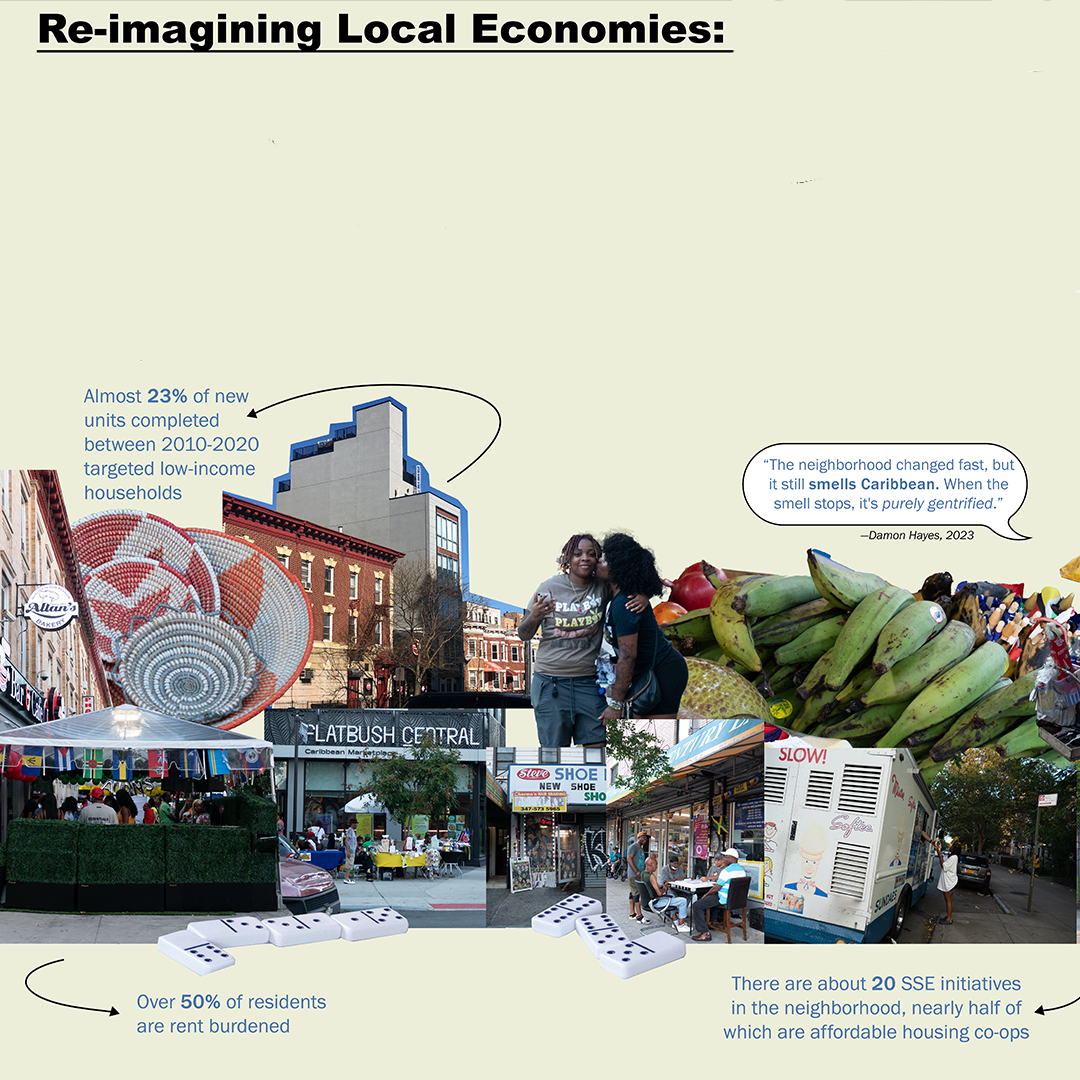
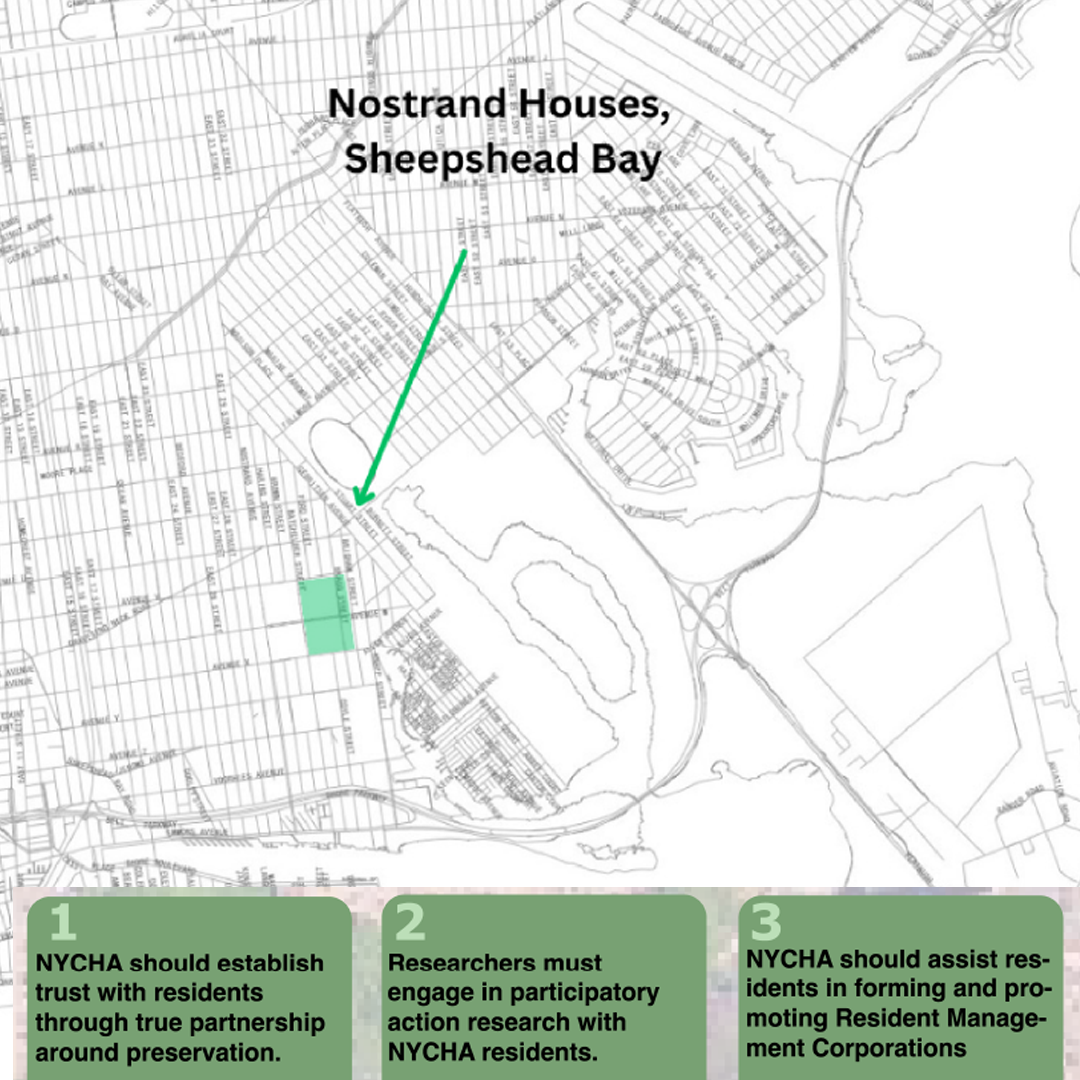
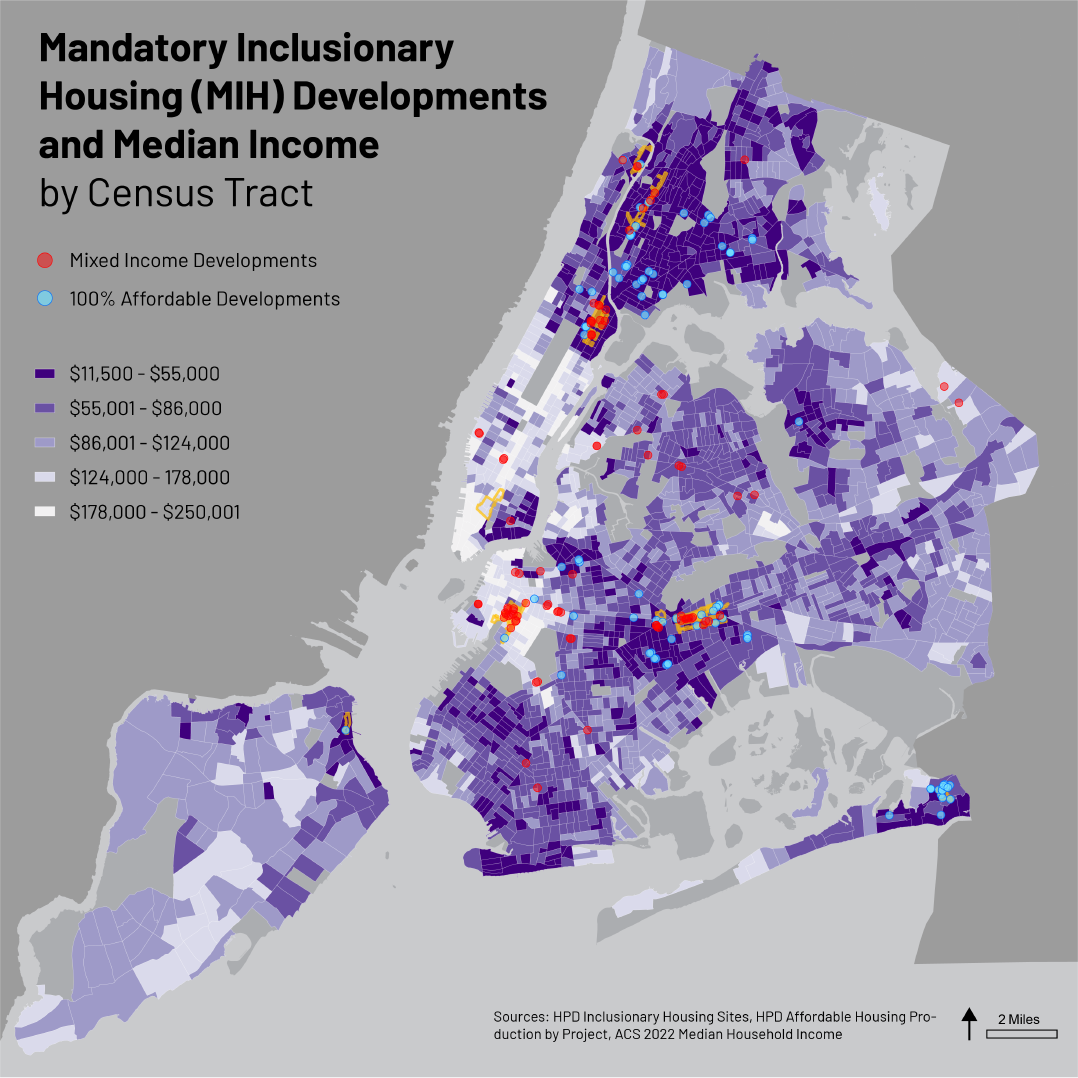
Images (Top-Bottom, L-R): UCP/CRP Class of 2024 with faculty Eve Baron; faculty & students converse at graduate celebration; Thesis detail Teiman; Thesis detail Bement; Thesis poster presentation Willis; Thesis detail Dwyer; Thesis detail Alruwais; Thesis detail Drane; Thesis detail Litwin
Evan Acardi – American Planning Association Metro Chapter Outstanding Student Award
Innovation or Gentrification? An examination of developer-led upzonings as a supply-side solution to the housing crisis
Danielle Baez (Fall 2023)
Let’s Turn This (Temporary) House Into a (Permanent) Home: Adapting the Post-Disaster Housing Prototype
Alyssa Bement
Nourishing People and Policy: Revisiting Fresh Food Access in NYC’s FRESH Program
Nadav Bigelman – Community Service Award (Fall 2023)
Just Shade: Mapping Brooklyn Street Trees’ Canopy
Jenna Blakeman
How Can Anchor Institutions Create and Preserve Affordable Housing in Northwest Arkansas?
Molly Blann
Home Care in New York City for Older Adults: From Individual Need to Community Infrastructure
Emily Drane
NYCHA’s Transformation: Evaluating resident choice in preservation decisions
Sage Dumont – Community Planning Award
Planning for Low-Income Communities: A reflection of planning processes and housing in East New York
Natasha Dwyer
Housing Justice and Planning for State Prison Closures in NY
Monali Gandhi
Transit Oriented Development in Atlanta: Addressing the affordable housing crisis through green infrastructure and construction strategies
Jack Holmes
Forgotten Ground, Found Commons: How New York City can Equitably Expand Green Space through the Rehabilitation of City-Owned Vacant Lots
Pratap Jayaram (Fall 2023)
Evictions Are Violent, We Will Not Be Silent: Exploring Tenant Harassment Risk in Brooklyn
Bhavini Kapur – Commitment to the Profession Award
Building (with) Cannabis Economies: Promoting Cannabis-based Community Economic Development in the South Bronx, NY
Shoshana Levy – Outstanding Merit (Fall 2023)
Renter Wealth Building: A paradigm shift in economic sovereignty for low-income families
Stephanie Lichaytoo
Industry Matters: The Case of Northwest Brooklyn, New York
Tal Litwin
Understanding the Impact: A Comprehensive Study on the Effectiveness of Mandatory Inclusionary Housing (MIH) in Alleviating New York City’s Housing Crisis
Roman Lombardo
Aging in Place: the Use of Inclusive Design for Healthier Communities
Saba Mahmood
Creating Urban Resilience with Climate Adaptation and Local Knowledge Research
Amal Malik
Implementing Safe Routes to School Initiatives in Port Chester/Rye Brook, NY
Aqsa Modak
Parks for all? Exploring equity in access to urban green space in New York City
Lucy Pidcock – Excellence in Academic Achievement
A Holistic Interpretation of Blue Highways in Context: Climate Policy, Community Needs & Waterfront Agendas
Sydney Tiemann – GCPE (MS in UCP) Applied Research Award
Unearthing Groundwater in NYC
Evan Tuten – Excellence in Academic Achievement (Fall 2023)
An Equity Planning Approach to Joint Development in New York City: Improving the Transit-Land Use Connection
Fransini Alberto Vasquez (Fall 2023)
Navigating a Crisis: Studying the Impact of COVID-19 on Immigrant Small Businesses in Brooklyn
Benjamin Werner – American Institute of Certified Planners Outstanding Student Award
Artificial Intelligence’s Impact on Affordable Housing Development
Michael Willis
Reclaiming the Curb: Improving Transportation Equity in Sunset Park
Minal Yellewar
Green Urban Development in NYC: Creating Green Cities through Sustainable Energy Planning
Alex de Rege
Shrinking City, Growing City: Food Sovereignty in Shrinking Cities
Urban Placemaking and Management, MS
2024 saw the eighth year of graduating UPM students. From our small program the UPM alumni group grows and swells the ranks of Placemaking groups around the world. This year’s graduates produced a wide variety of topics for their final DPC project, showing the depth of intellectual diversity within the placemaking discipline.
David Burney, Academic Director
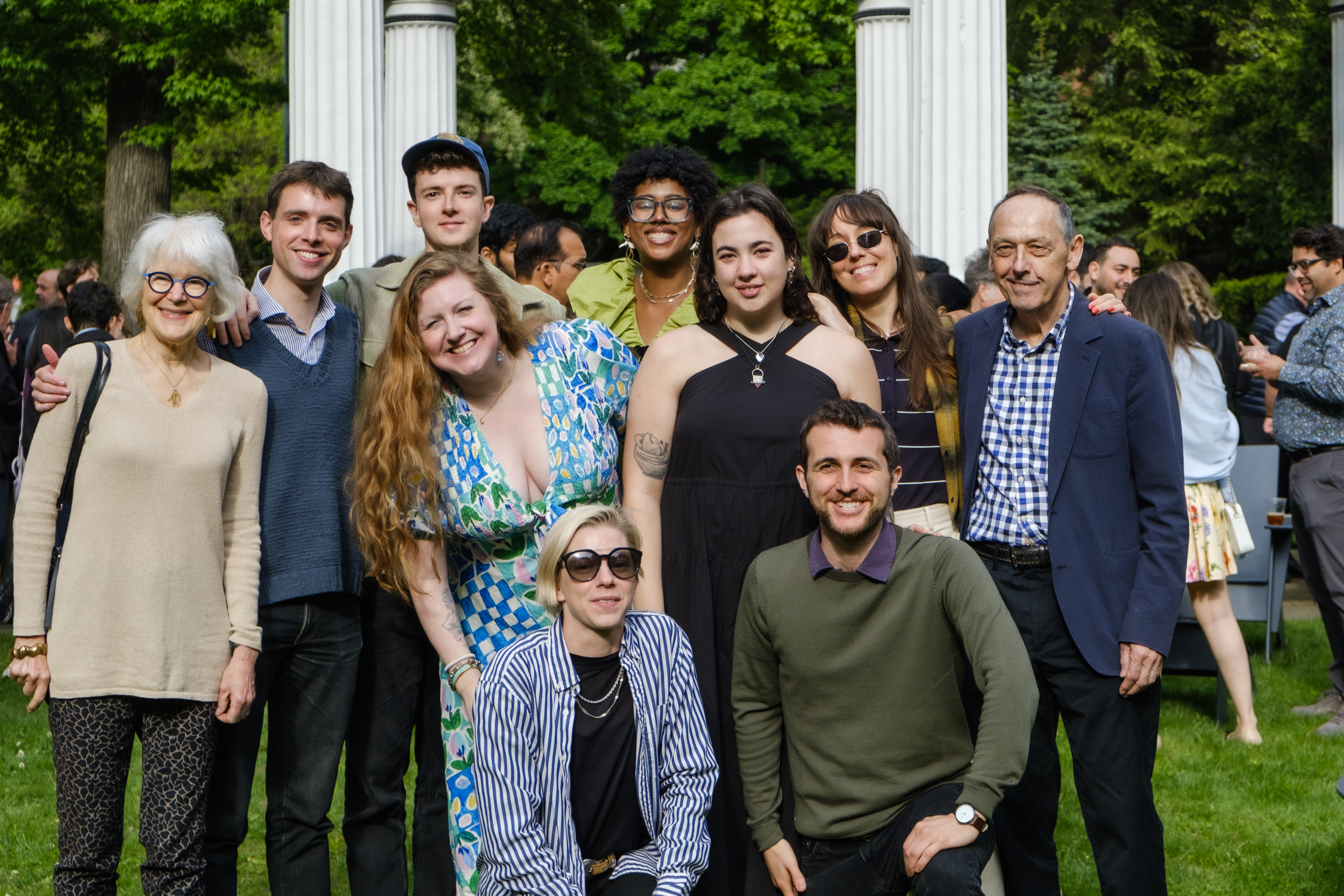
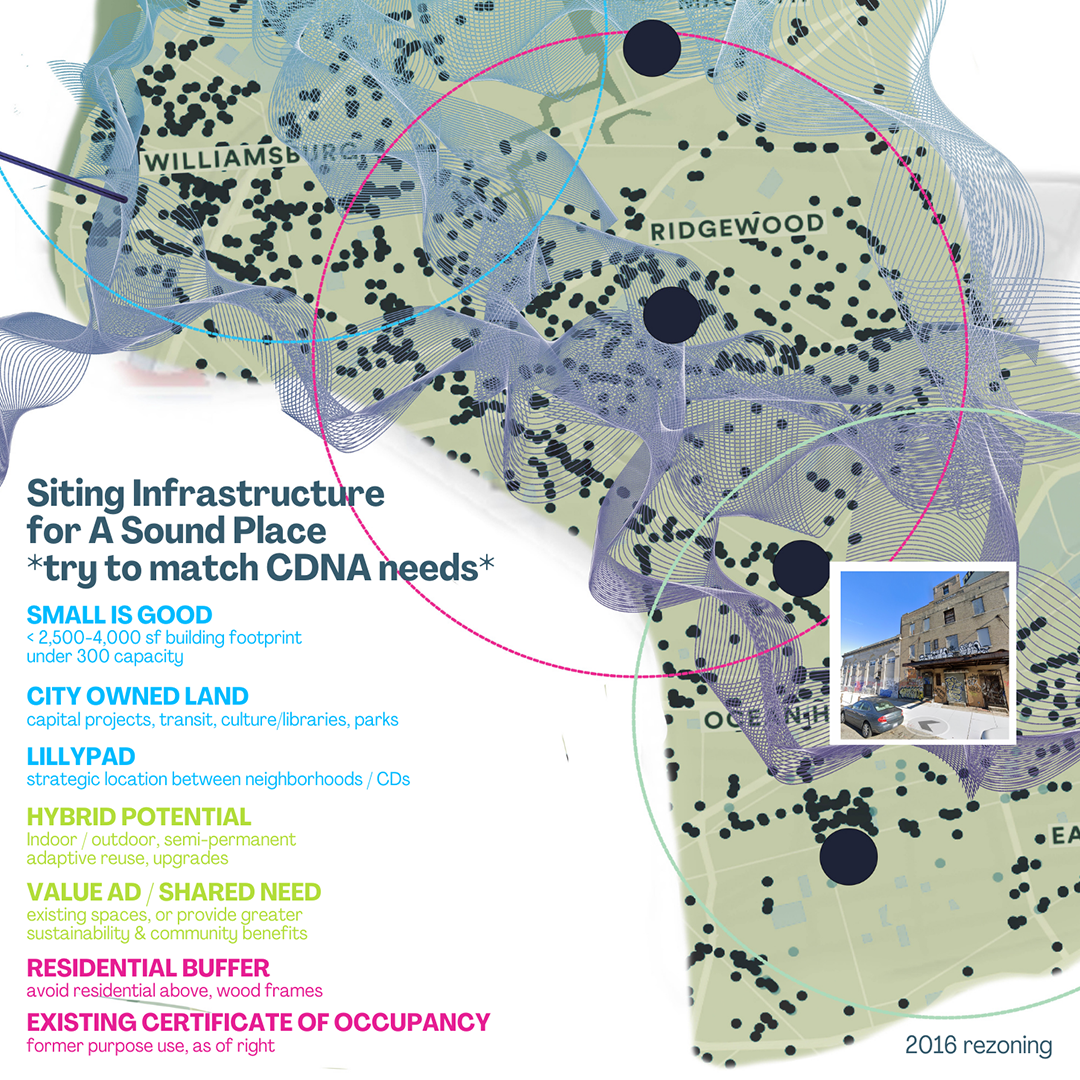
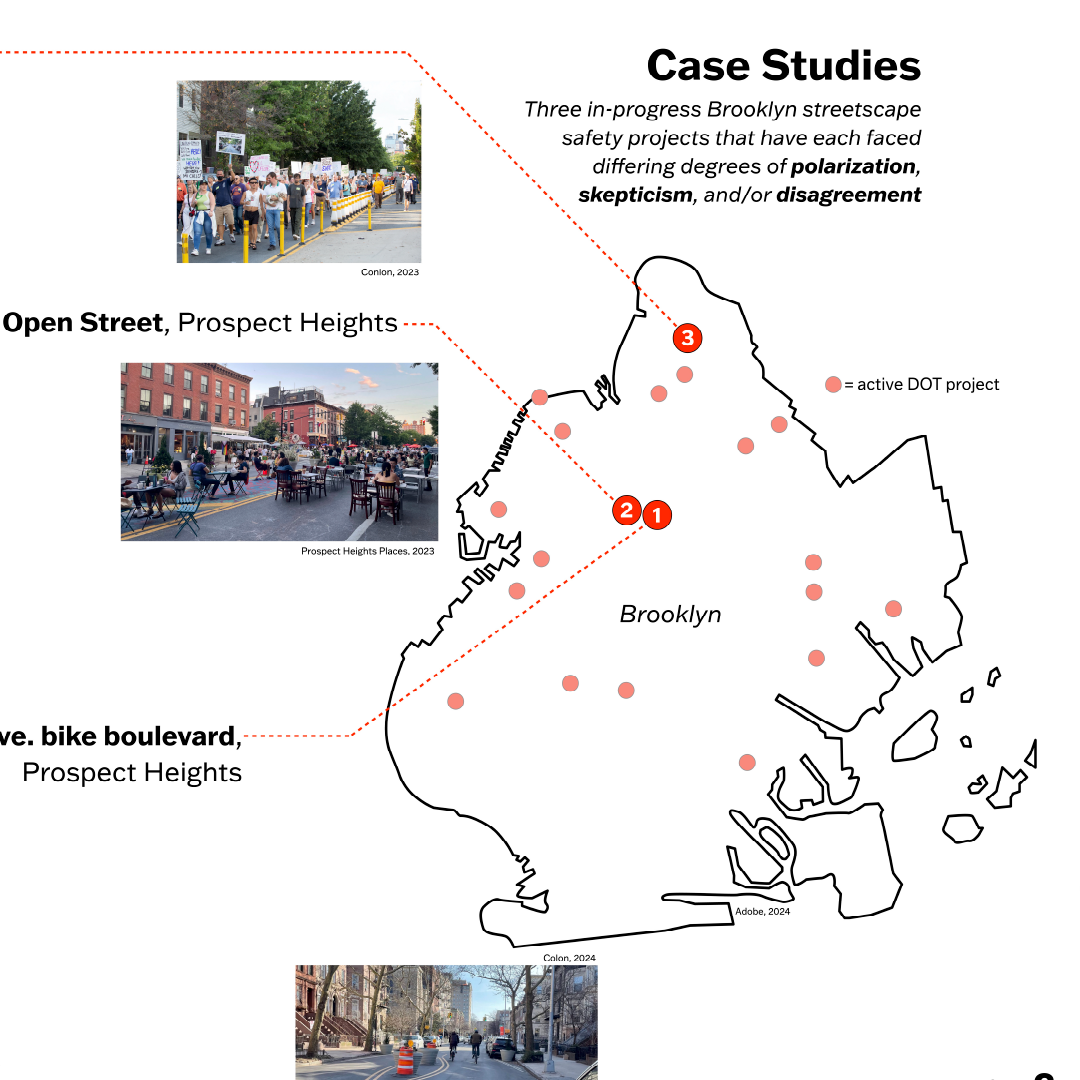
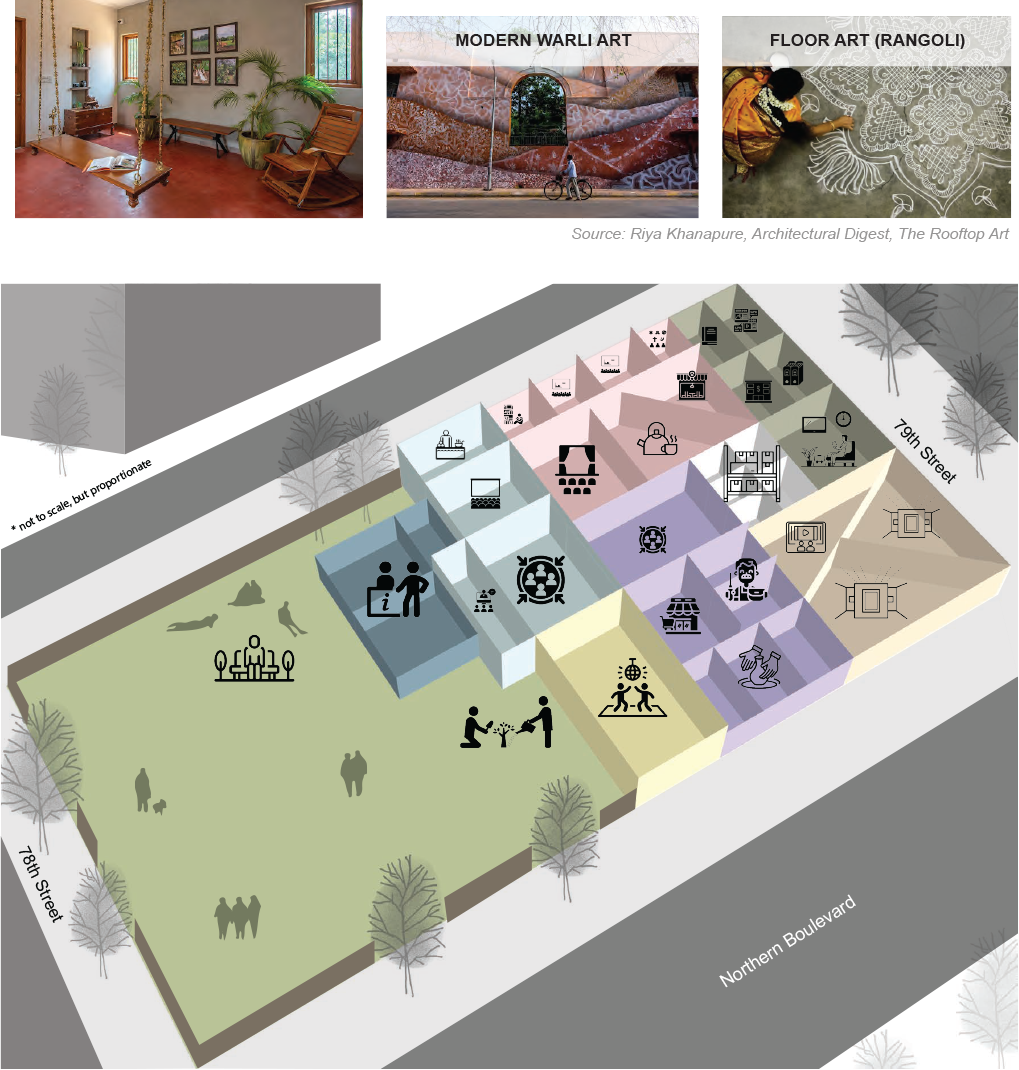
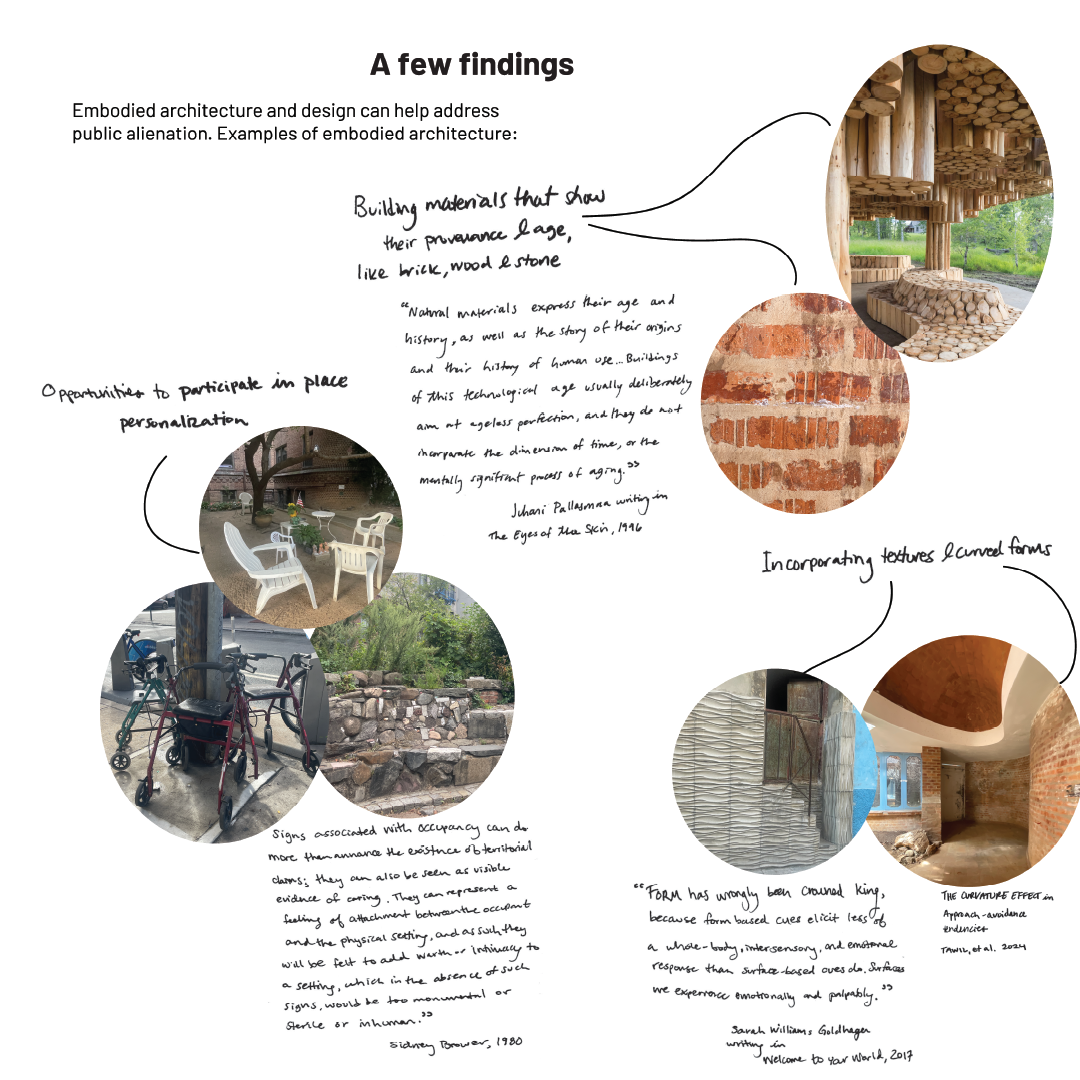
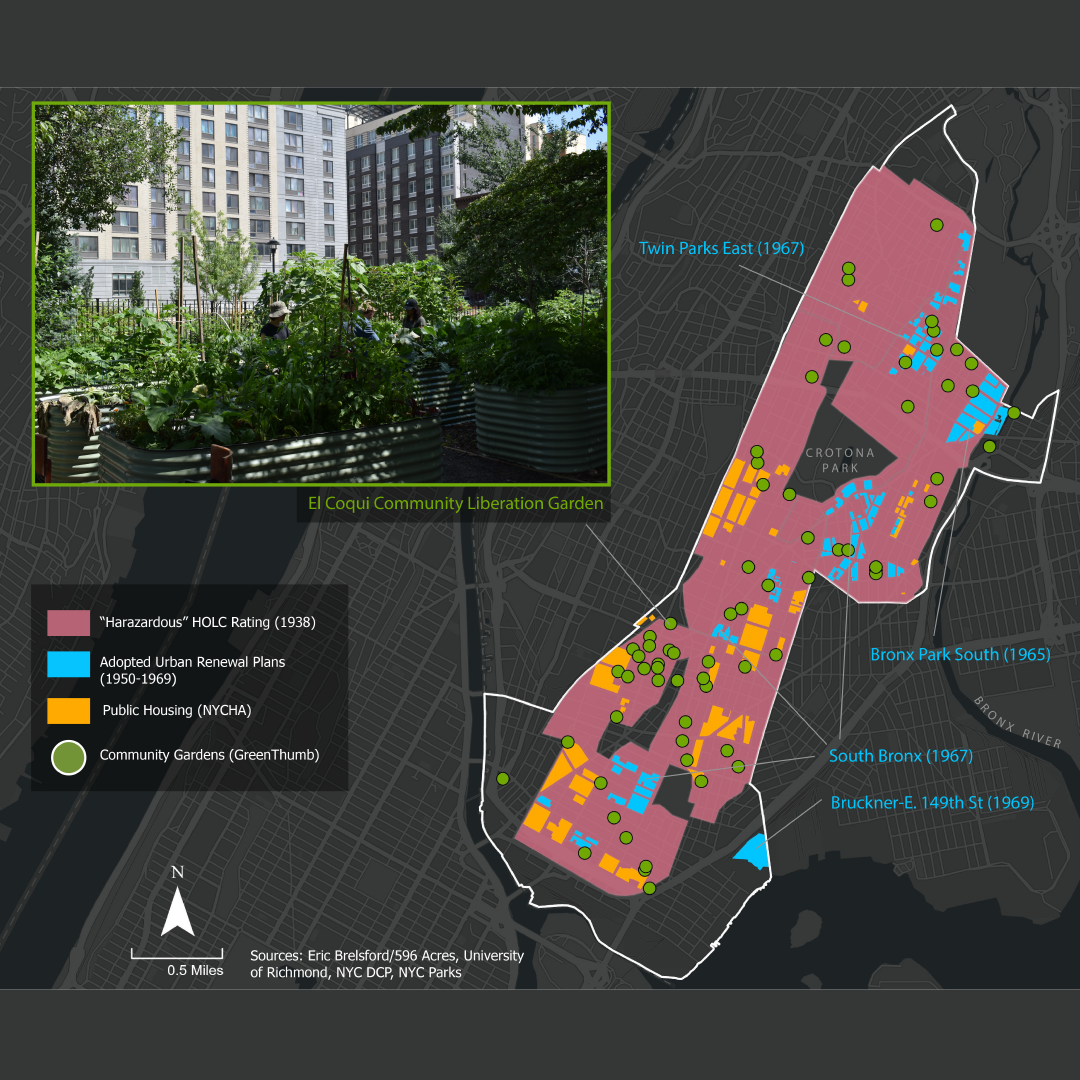
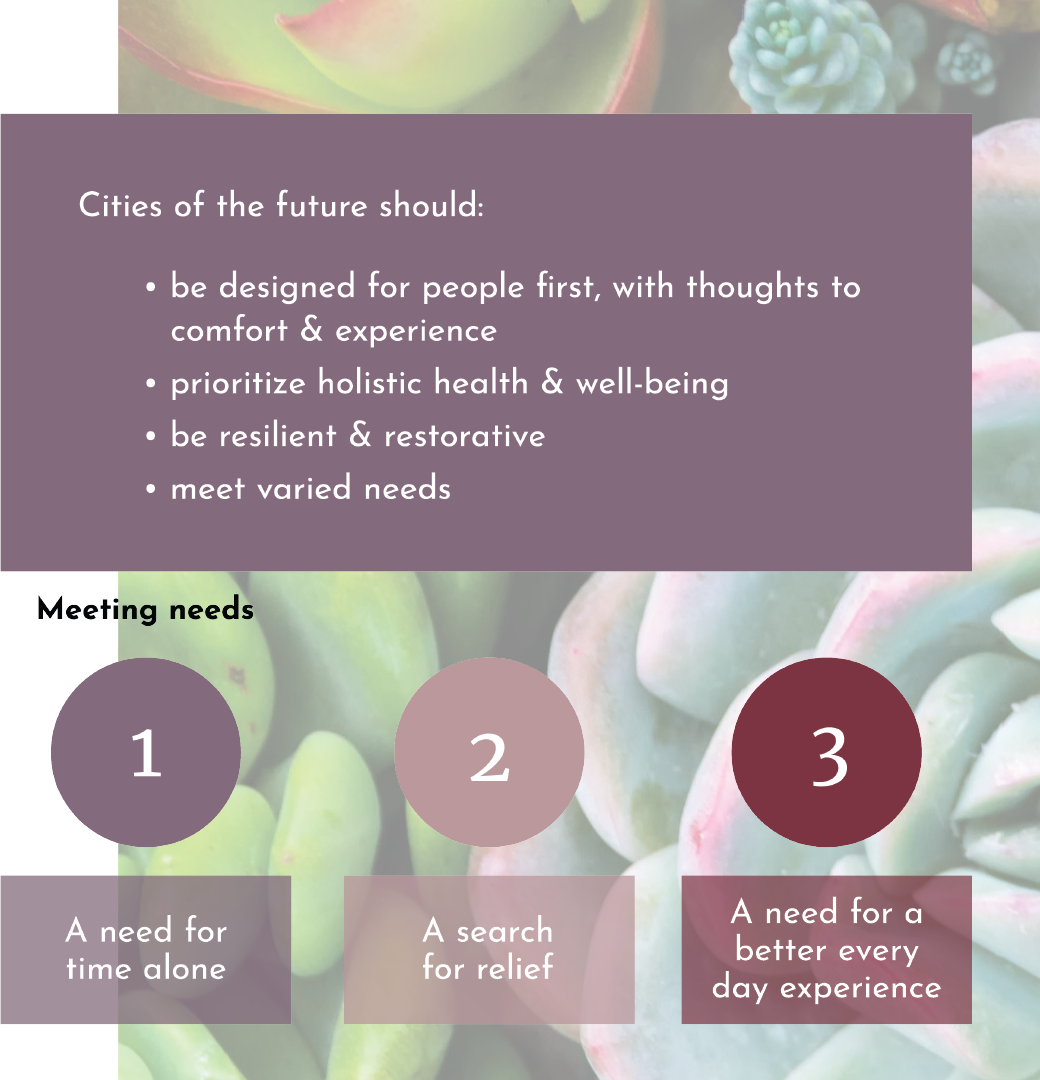
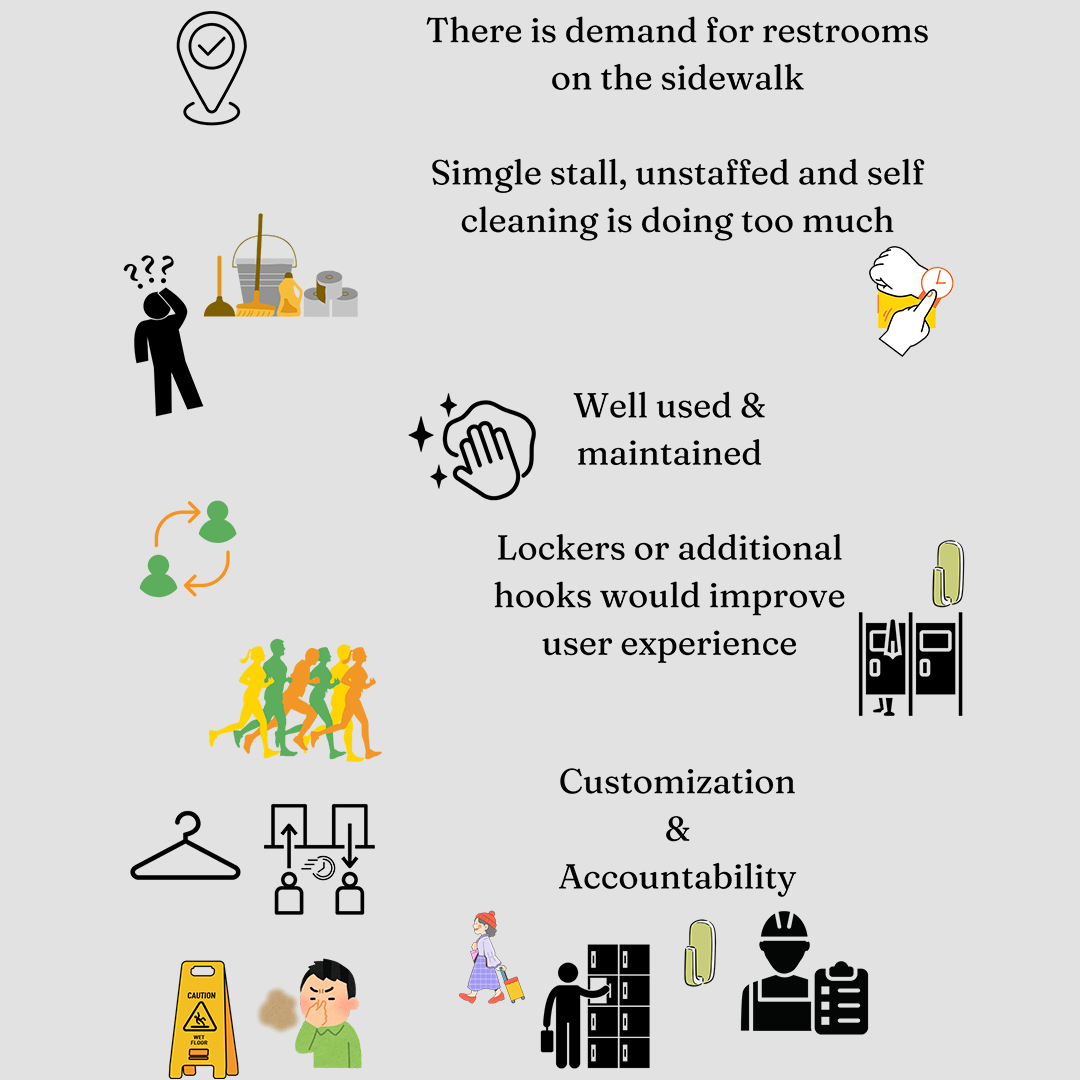
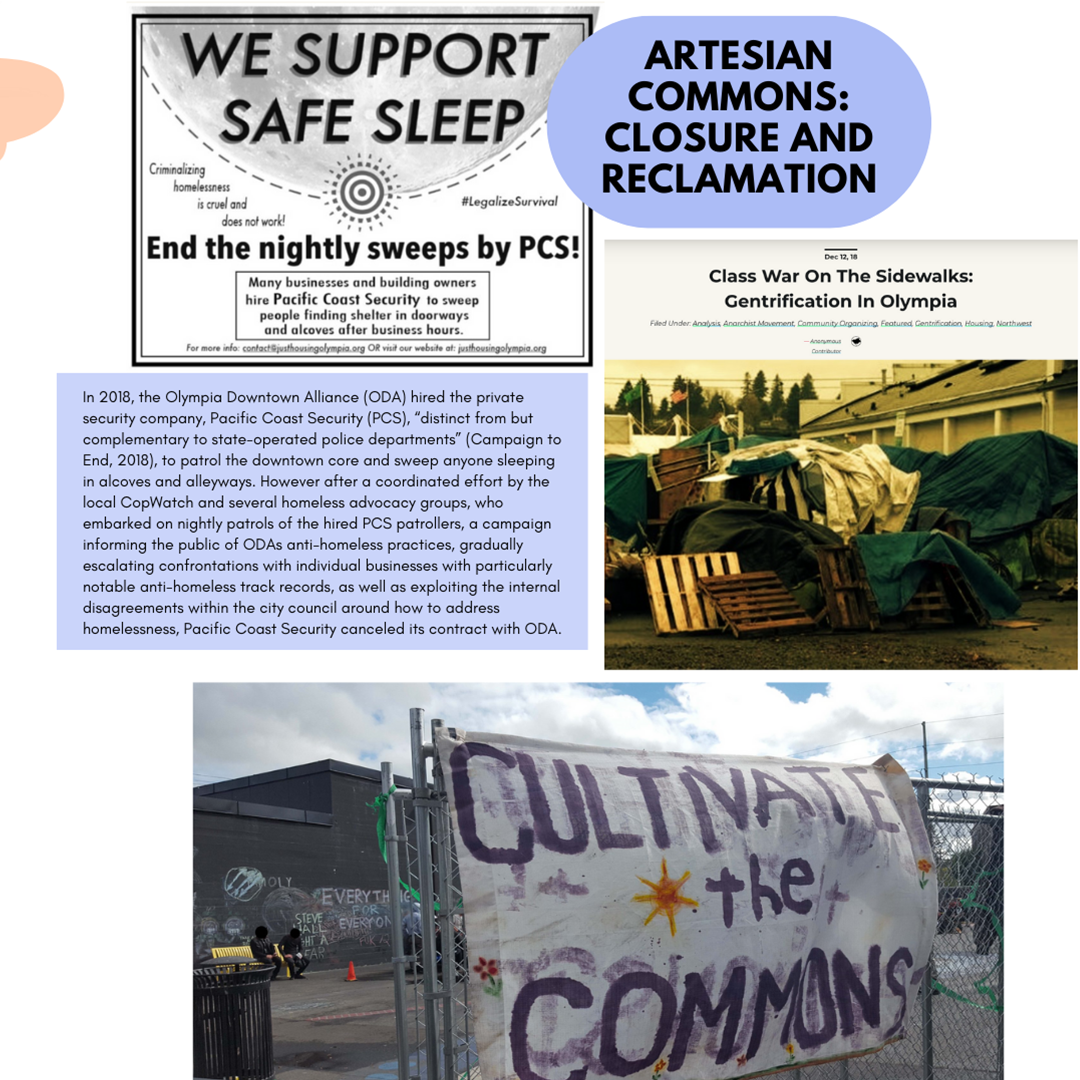
Images (Top-Bottom, L-R): UPM Class of 2024 with faculty Meg Walker and David Burney; DPC detail Goshinski; DPC detail Anderson; DPC detail Khanapure; DPC detail Hoy; Thesis detail Ratner; DPC detail Jones; DPC detail Godovskiy; “Carceral Geographies” poster by Vesneske, Hoy, Miller for the Decarceral Visionings Conference, published in Place Dialogues.
Lewis Anderson
Harmony on the Streets: Building Community Cohesion and Trust in the Pursuit of Traffic Safety
Ziqing Feng
Bottom-up Forces: Observations of Artists’ Placemaking in Historic Industrial Spaces in SoHo, 1940’s – 1970’s
Will Godovskiy – Stuart K. Pertz Award
Loo York: Pathways to Public Restrooms in Public Spaces
Lauren Goshinski – Service Award
A Sound Place: Sustaining Sonic Culture & Communities in the Built Environment
V Hoy – Outstanding Merit Award & Place Dialogues Award
Built Forms and Social Relations: Designing for Disalienated Public Space
Dennae Jones – Applied Research Award
Moody City: Retreating and Resetting in the Chaotic Urban Landscape
Riya Khanapure
Cultural Kaleidoscope: A Multicultural Hub in Jackson Heights
Noah Miller – Place Dialogues Award
Radical Reimagining: Housing as a Decarceral Practice
Benjamin Ratner – Excellence in Academic Achievement Award
City of Roots: Community Gardens, Civic Value, and a Future of Self-Determination
Maya Vesneske
Caring Spaces / Caring for Space: Exploring new publics, practice, and pedagogies in the planning and placemaking field
All photography by Carlos Rodriguez.
